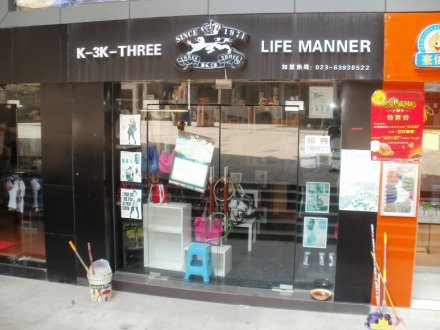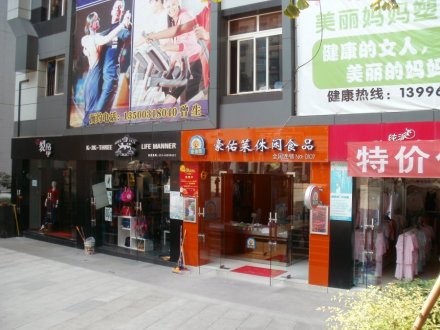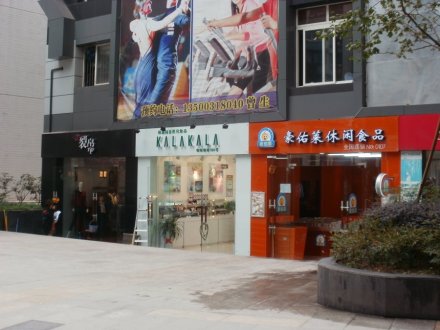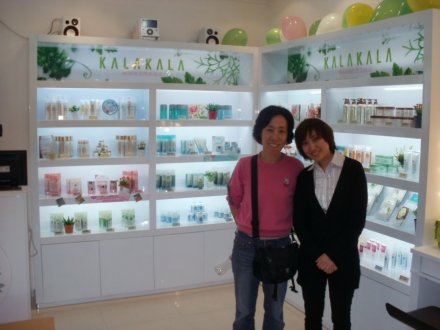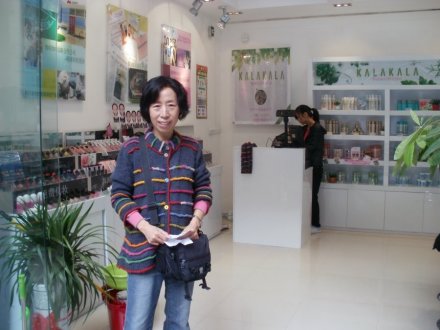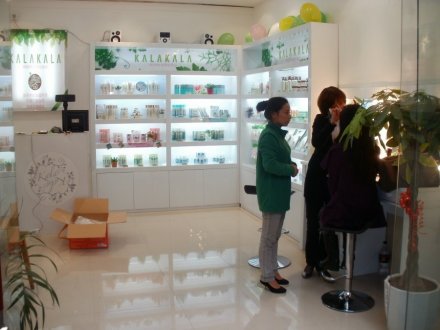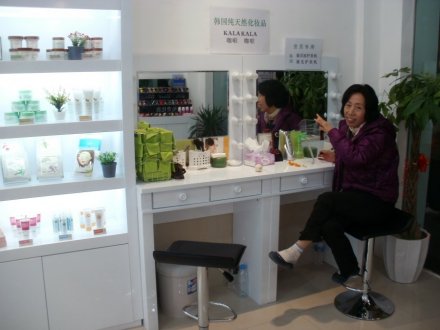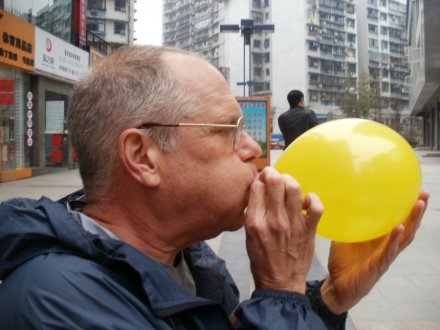
Hi everybody
I just spent a month in Myanmar on kind of an extended Chinese visa run. Before that, I was in Kunming for several days to get the Myanmar visa. It felt good to be on the road again. That life suits me and it was time to get out of Dodge. (Excuse the American slang.) Besides, Chongqing was so cold when I left, I was looking forward to some warm weather. The weather in Myanmar was just lovely, usually about 30 degrees C in the daytime and in the teens at night, no rain and rarely a cloud in the sky, as it is the dry season down there. The timing was good, as it is now nice in Chongqing, about 20 degrees in the daytime.
My friend told me she read where Kunming is supposed to have the happiest people in China. Maybe, I don’t know, but I find the vibes nice there. I stayed at the same hostel Myung and I stayed a couple of years ago. It’s called Cloudland. If anyone is going to Kumming, I recommend the place. It’s in all the guidebooks. I didn’t do much while I was there. It was cold and rainy, so I hung out a lot at the hostel. I did get out some. Here’s a place called Bamboo Temple.
Remember, click on the picture to make it bigger.
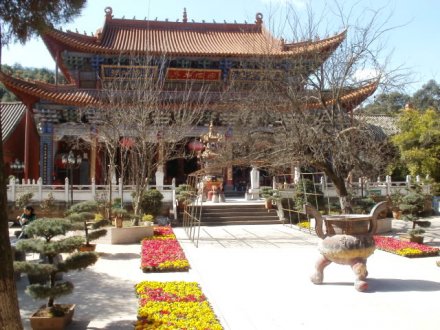
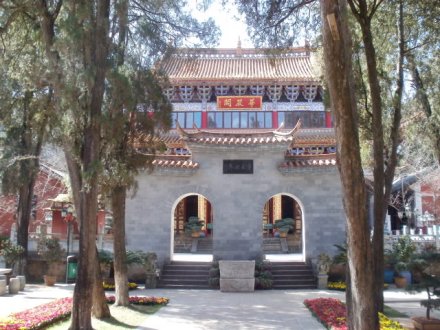
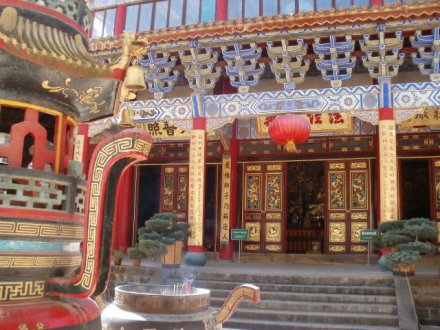
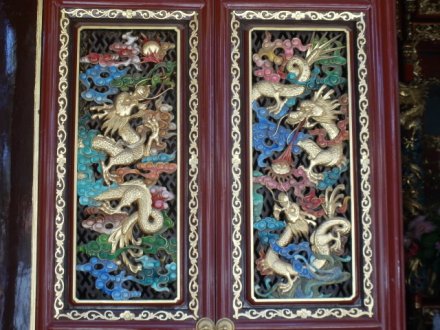
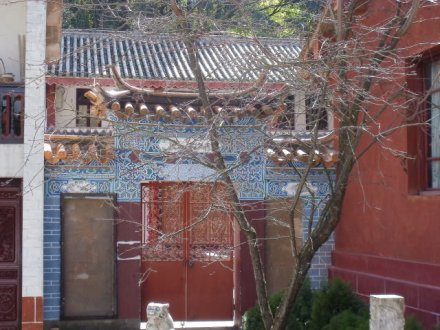
There’s a lake park near the hostel. It’s your basic nice Chinese park…
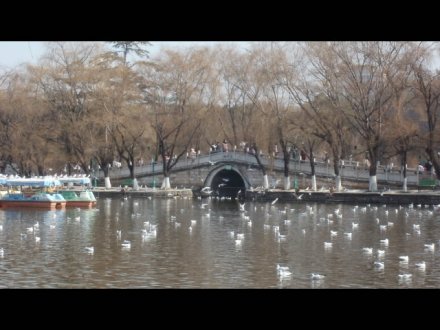
…and it’s claim to fame is thousands of seagulls. At least hundreds of them fly around the periphery like they are on a race track, snatching pieces of bread tossed into the air, or even from the fingertips of people holding it out, without touching the people. How they snag that without even touching the fingertips is amazing.
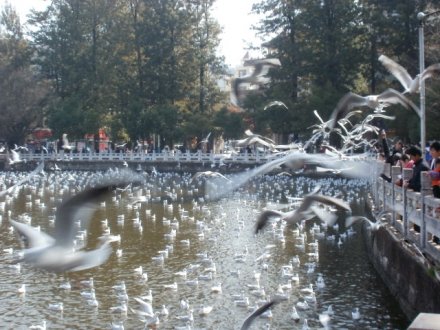
That’s about all I have to say about Kunming. From there, I flew to Yangon (Rangoon) Myanmar. I spent a few days there waiting for my China visa. It’s a city of about 5 million people, but it’s not much of a tourist destination. I got my feet wet, though, and began to see first hand what Myanmar is about. It wasn’t exactly what I expected. I expected a totally backward, impoverished country with military presence everywhere. I heard the plainclothes bulls are all around, as well as co-opted civilians, but the overall feeling for the tourist is not that of a police state. It’s definitely poor, but there is basic infrastructure in the cities. There is running water in the cities and electricity most of the time. Due to international sanctions, there are no ATM’s and the banks can’t give cash advances on a credit card. Foreigners have to bring all the cash they will want in US dollars or euros, and change them. Actually, you can use dollars a lot of the time, if you want, though small purchases like your 50 cent lunch have to be paid in Myanmar currency. Internet though Yahoo and Hotmail only works from about 7 AM-9 AM then after 9 PM. For some reason Gmail works better. I don’t have Gmail, so my internet connection was sporadic. It had to be during those times and when the electricity was running or I was at a place with a generator. Profitable enough places and homes of the middle class all have generators, as the electricity goes off several times a day. My guesthouse in Yangon was big and had this big generator.
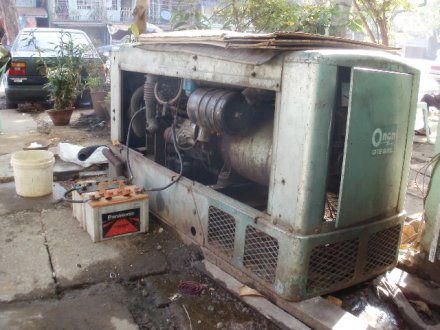
The one definite must see in Yangon is the Schweggadon, a temple complex nearly rivaling the royal temple complex in Bangkok.
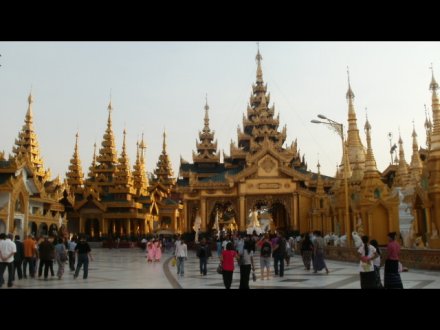
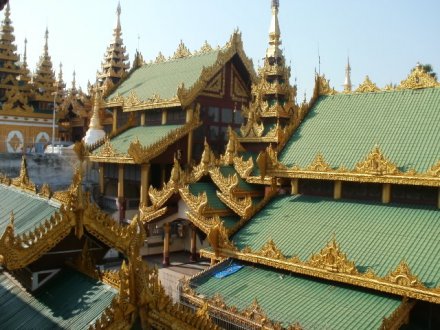
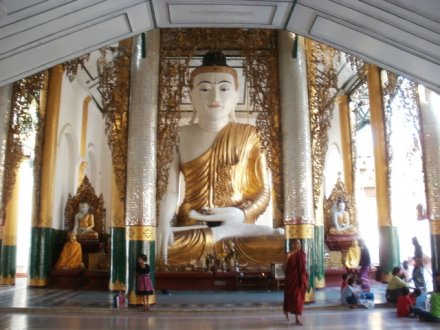
It’s especially nice in the evening when they light it up.
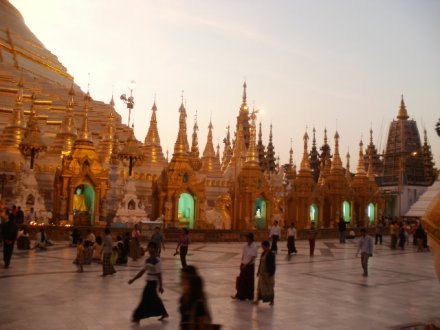
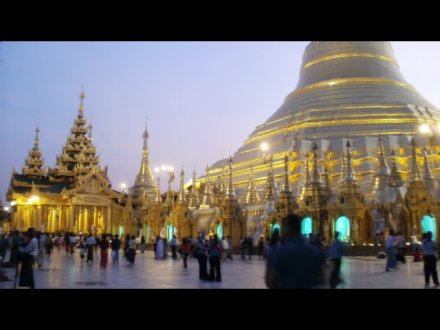
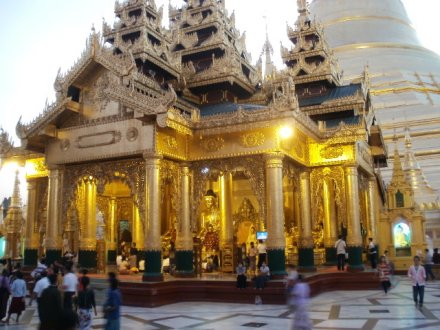
Like Thailand, Myanmar people are Theravada Buddhists which means, among other things, that they are way into earning merits so they can return to a better life next time. At all Buddhist temples everywhere, visitors must go barefoot. This means the grounds are almost always kept quite clean. Believers can earn merits by cleaning the walking areas. Small armies of broom pushers are all over the place sweeping. Also, sweeping has special significance, as it symbolizes sweeping away the past in our ever transitory existence.
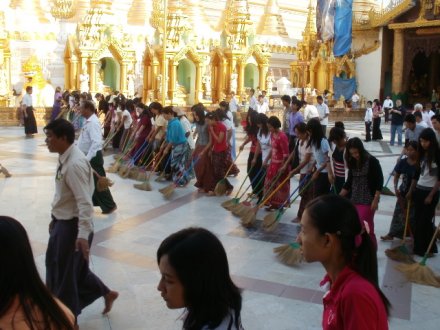
Here are some tourist monks who were taking pictures like the rest of us.
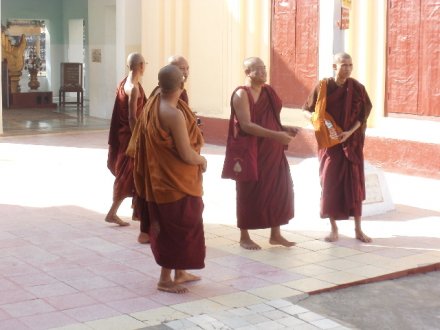
From there, I took the sleeper train to Mandalay, about 750 Km and 16 hours north of Yangon. The tracks and trains are left over from when Myanmar, then called Burma, was a British colony. As you can probably guess from the amount of time it took to cover the distance, it’s really slow. Mostly that is because the tracks are in such disrepair and uneven that if we went any faster, the train would leap off the rails.
Mandalay isn’t much. I didn’t bother uploading any pictures from there except this one of a street scene…
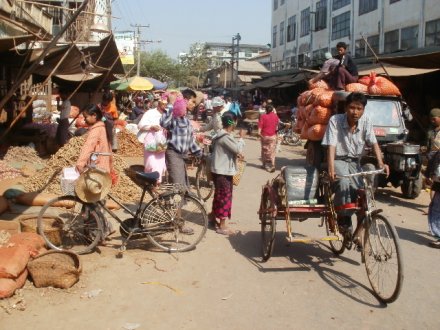
…and this one of a gravel carrier.
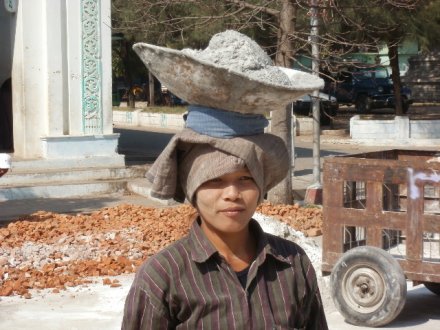
The best thing in the area is about 25 km south. In that place, Amarapura, is a 200-something year old teak bridge. At 1.2 km long it’s the longest teak bridge in the world. Here are some pictures of and from it.
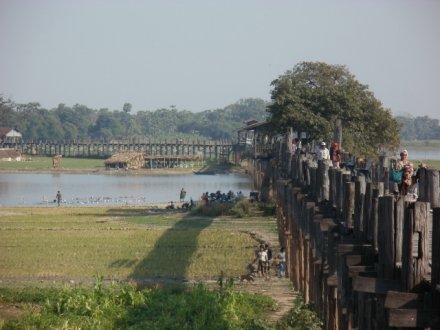
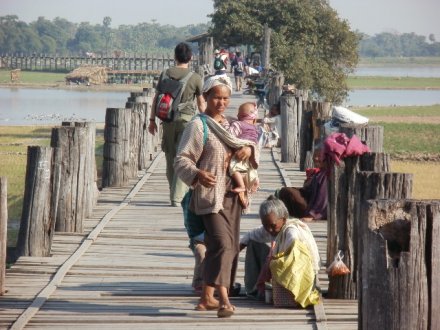
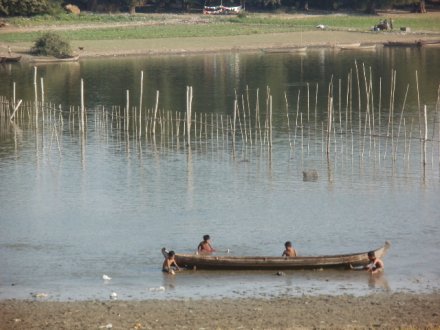
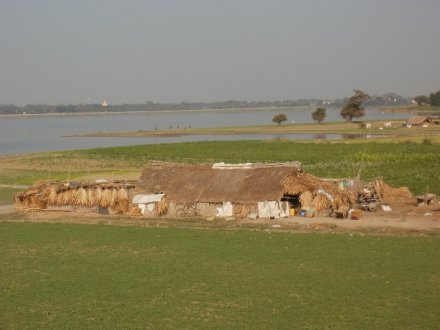
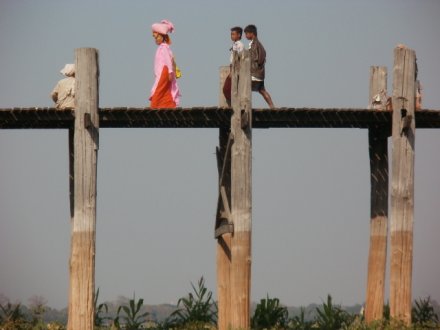
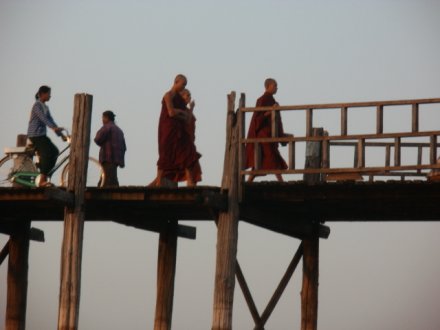
The thing to do there is to take a boat out at sunset and photograph the bridge with the sunset. With no clouds, the sunset wasn’t brilliant, but here are the pictures. Imagine a sunset backdrop.
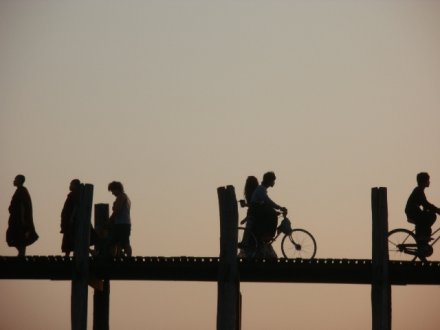
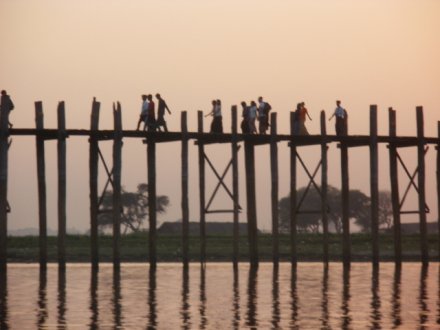
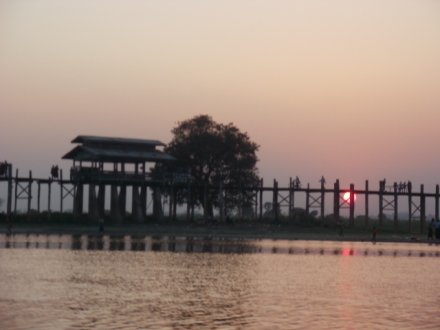
Here we all are in our boats, getting ready for the sunset photo op.

There are, of course, many things to see anywhere in the country, but it’s regular basic Southeast unless you go below the surface, which I didn’t. Having spent now about 1 1/2 years of my life in Southeast Asia, I didn’t feel the need to fully appreciate Myanmar specific village life. I stuck almost exclusively to the tourist route. Mind you, much of Myanmar is off limits to foreigners, so travel is slow, circuitous and sometimes only by air. I have something of an excuse there. Also, the visas are only for 28 days. Unless I wanted to do the “This-is-Tuesday-so-it-must-be-Mandalay” thing, destinations had to be limited for me. I can’t bring myself to move along quickly.
From Mandalay, I took this pick up to Pyin U Lwin….
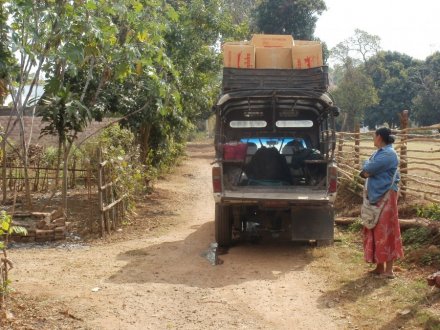
From there I took another bus up to Hsipaw. I’ll skip to Hsipaw for now to show you some village pictures. From Hsipaw, I took a little half day boat ride up a nice river…

…and along the banks were villagers doing their village thing. This village is upper middle class by Myanmar standards. These particular villagers see groups like us every day, but people and places like this are everywhere.

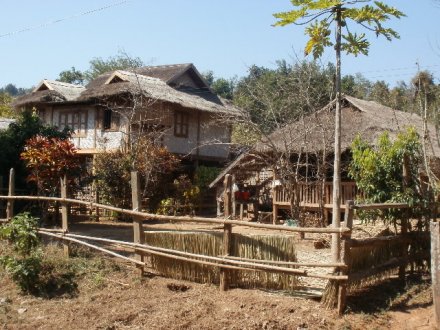
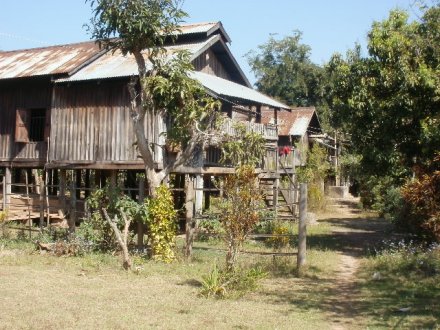
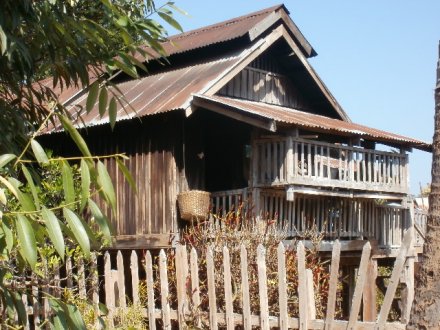
In case you are wondering, houses in Myanmar, like most of rural Southeast Asia, are made of bamboo with palm frond, thatch or corrugated galvanized steel roofs. Natural roofing is better because it keeps the heat out and isn’t loud in the rain, but it has to be replaced every two years. The skeletons of the houses are bamboo poles and the walls are differently designed layers of the concentric circles which form the trunks of the bamboo. Here is a guy making a wall. They need upkeep, too, as they get broken pretty easily. You can kick a hole through walls like this.

Here is a furniture maker.
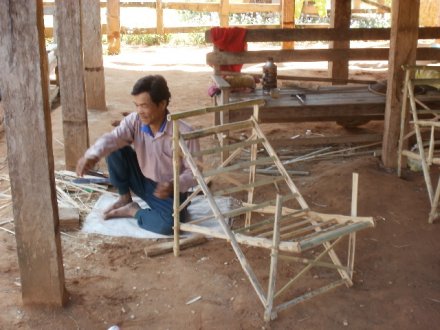
I believe this guy is sharpening that knife.
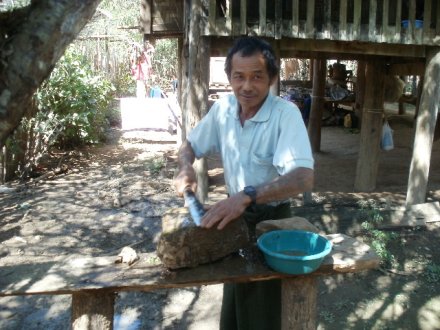
Back to Pyin U Lwin. There isn’t much to see there except a beautiful lake park you wouldn’t expect to see in Myanmar. I’ll bet it is especially beautiful when everything is in bloom. There is the lakeside, hill paths through the woods, elevated wooded paths over the forest and swamp, many deer, gibbons, and other animals and birds. I wasn’t able to get any good monkey pictures.
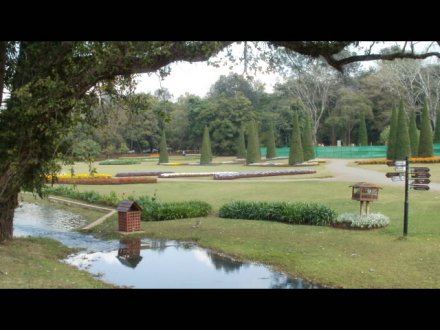
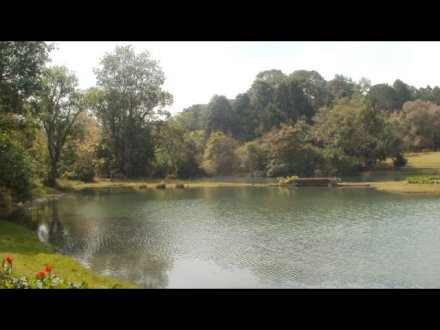
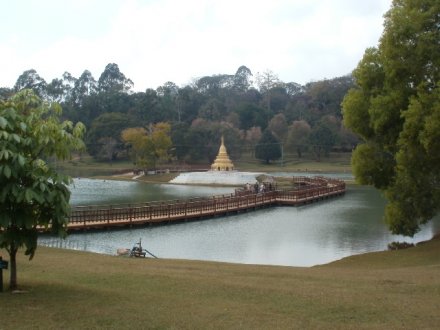
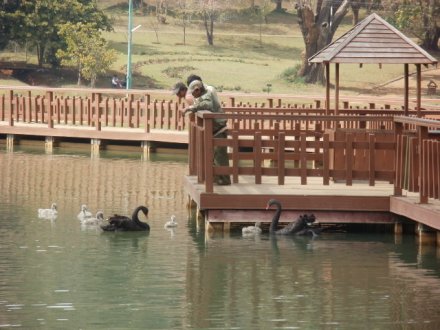
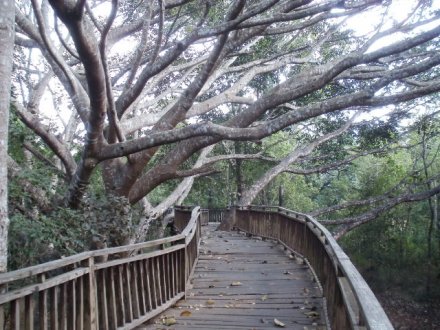
I got a kick out oft his fake Safeway on the main street in Pyin U Lwin. Notice, the sign is an exact copy of a Safeway sign. Yes, for sure, inside was a regular little general store.
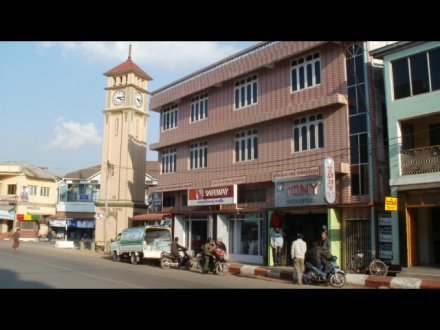
After Hsipaw, I took a train back to Mandalay, as foreigners are only allowed to go one more city north of the road. As clunky as the trains are, they are better than the pickups. They are often crowded, always slow, and usually uncomfortable. On one ride from Bagan to Meitkila, I had to maintain squat potty position for about seven hours and nearly couldn’t walk afterward. I forget where this other ride was, but that truck was on it’s last legs. We stopped 5 times for oil and overheating. Note, mine was not the only clunker.
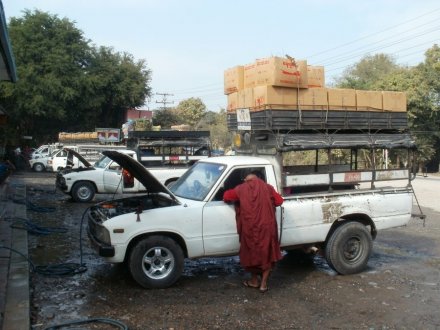 one of the least This country has one of the least number of proper petrol stations I’ve been to. Gasis sold from 55 gallon drums along the sides of the roads. It’s measured out in 4 or 5 liter cans and funneled into the tank.
one of the least This country has one of the least number of proper petrol stations I’ve been to. Gasis sold from 55 gallon drums along the sides of the roads. It’s measured out in 4 or 5 liter cans and funneled into the tank.
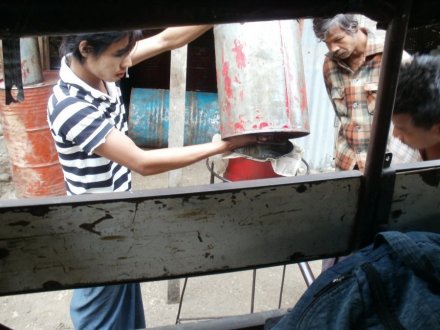
The train ride down to Mandalay was pretty. My gorge pictures are terrible, though. at one point we crossed the gorge over what was atthe time the British built it about 60 years ago, the highest train bridge in Asia.
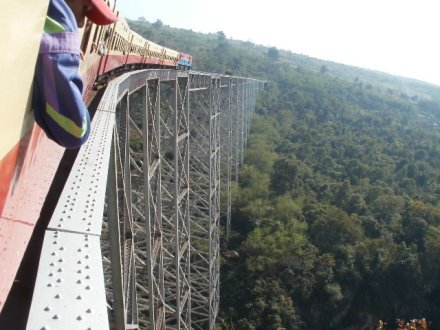
Here’s the seating and people inside that one.
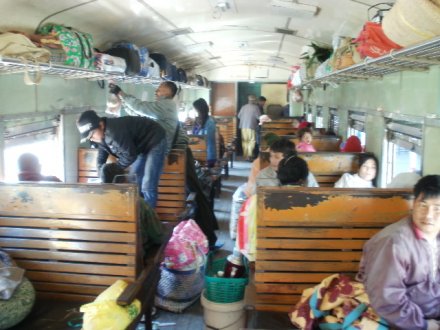
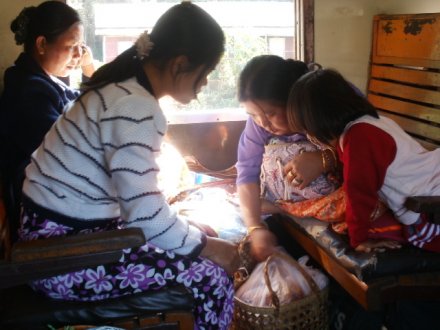
It doubled as a freight train, naturally, which stopped a couple of times to take on freight. Let me tell you, this stuff was heavy. Those pum[kins weigh about 5 kilos each, and those guys were laboring.
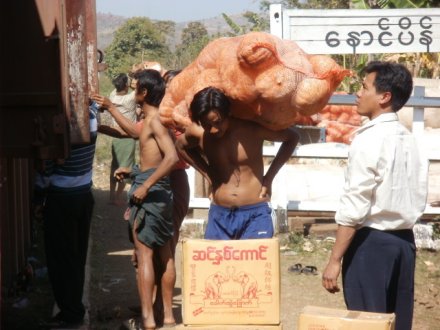
I uploaded a number of pictures taken along this and the other train rides. Here are the scenes.
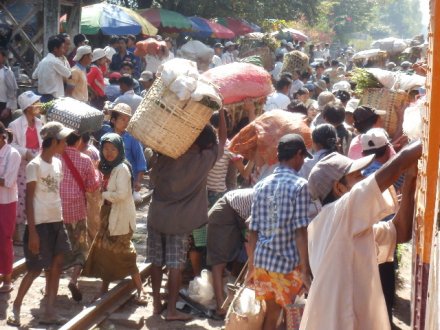
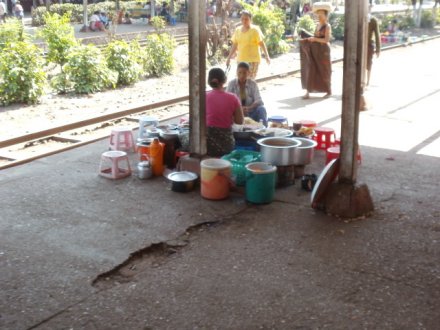

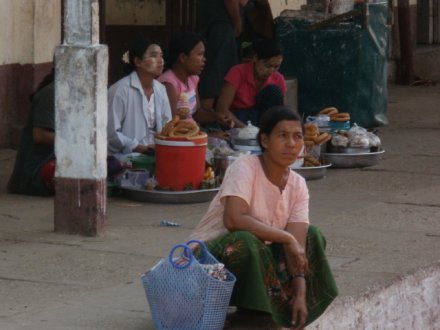
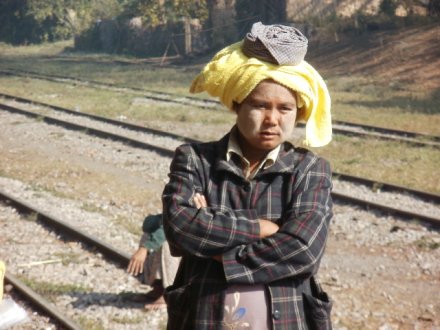 .
.
I only spent the night in Mandalay. The next morning I took the deluxe tourist speed boat down the Ayerawaddy (Irrawaddy) River to Bagan. I was hoping the views would be good, but it was just sandy banks almost the whole way.
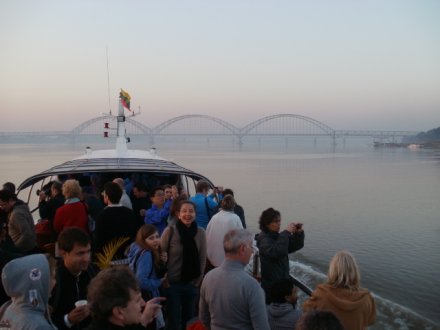
Bagan is the one, incomparable site to see in Myanmar. Like Angkor Wat, tourists with the money fly in directly from Bangkok just to go here, and then leave Myanmar again. Bagan iis an area of about, I’d say, 40 square kilometers dotted with hundreds of temples and stupas, also called chedi in Tibet and Ladakh, pagodas in China and Vietnam and, in Myanmar, zedi. Some in Bagan are only a couple hundred of years old. Most were built during Burma’s heyday from the 10th to the 13th centuries. Most of the big ones have been reconstructed, especially after a 1990 earthquake, but it’s still great. My pictures don’t do it justice.
Most of the temples and stupas are situated within about 5 kilometers of what is known as Old Bagan. Many are accessible by paved road, but the best way to see them is by walking or riding a bike along the network of dusty lanes among them. Another good way is to go by horse cart if you aren’t up for many kilometers of self propelled movement. During the hot seasons, that would definitely be recommended.
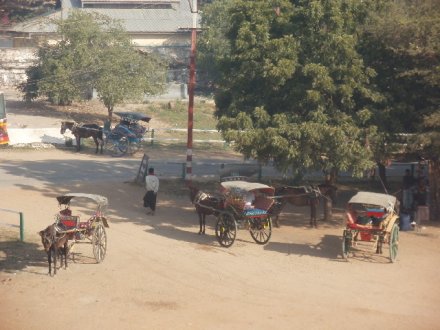
Oh, you can also get around on the decent surfaces on bicycle trishaws, like these and the one in the Mandalay street scene picture.
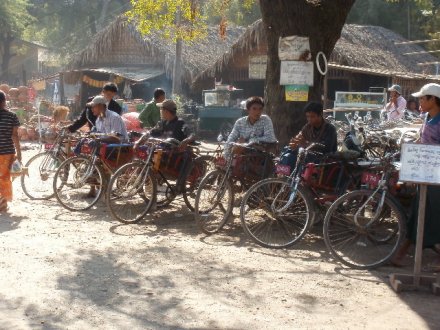
Here are some of the temple pictures. For really good ones, search “Bagan”. Unfortunately, the only way to get an elevated perspective is to go up this incongruous tower the government built, which costs $10 and isn’t that high anyway, or to take a $300 balloon ride, which I also skipped.
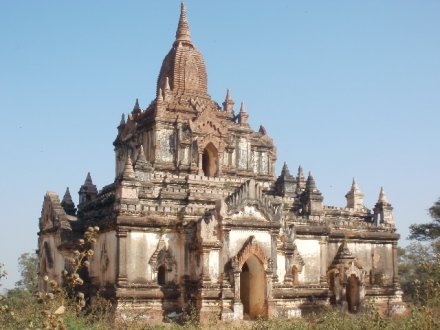
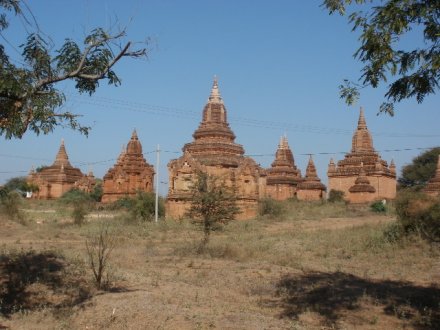
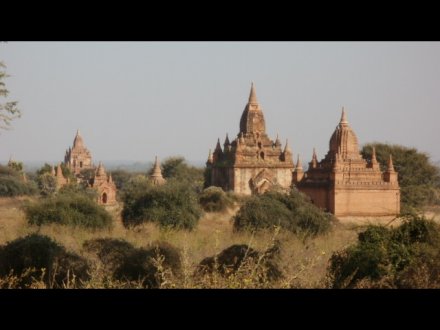

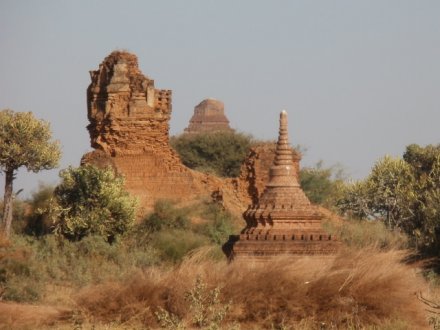
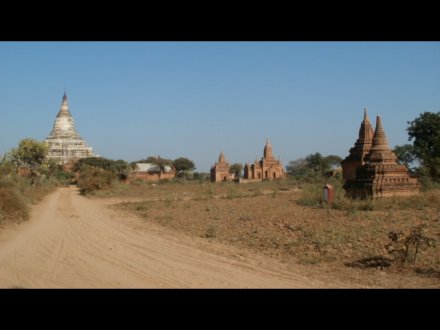
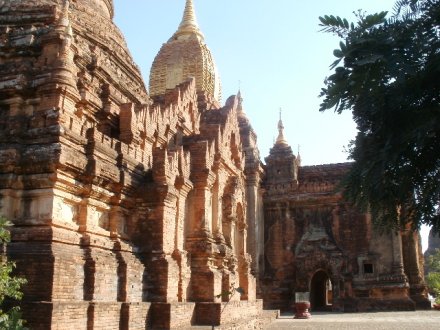
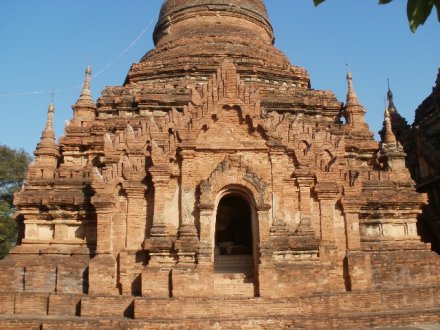
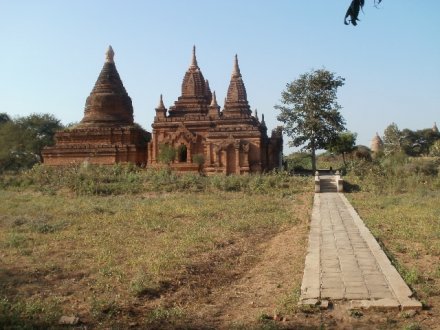
Somewhere in here I need to tell those of you who don’t know, what that is on the faces of the girls and women. This girl was walking along a dirt path in Bagan.
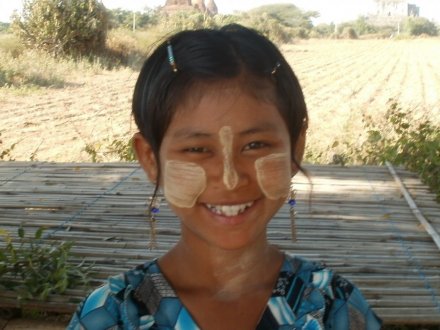 <
<
It’s sunscreen made from this soft wood you can buy for next to nothing anywhere in Myanmar and much of Southeast Asia. You buy a length of branch, usually about 8 cm in diameter, simply wet a flat surface and smear the end of this very soft wood in the water to form a slurry. Then you wipe it on your face. Often, they like to make designs. Almost all women there do it, and some men.
I broke up the 12 hour ride from Bagan to Inle Lake by stopping overnight halfway in Meitkila. there is nothing much to say about that place. It’s known to westerners as a crossroads between the east-west Bagan-Inle road and the north-south Yangon-Mandalay road. Hardly anyone walks around there and, even though there are maybe 20,000 people there, it’s one of those places where the people look at you and your blue eyes with curiosity, the kids want to touch you and the dogs snarl at you. I only mention it because I uploaded a few pictures from there. One is the view from the porch of my guesthouse, one of the nicer guesthouse views I had.

I have this picture of some guys who made no bones about their distaste for the government. Maybe they were a little too drunk.
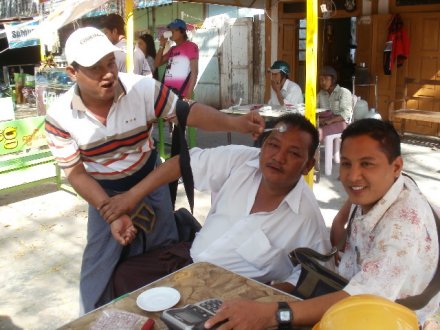
They wanted me to agree with them that the government is terrible, which I do but was very circumspect about what I said while I was there. A very young, uniformed, low level government guy on a motorbike pulled up in front of where we were sitting. These guys pointed right at him, right in his face, and told me what cocksuckers he and the rest of them are. The government guy did nothing, just looked down and decided to go somewhere else. I’m sure he didn’t understand what they said in English, but he got the drift.
Here’s as good a place as any to put in pictures of typical eating establishments are in Myanmar. By far, most people eat at sidewalk eateries like this or as you saw in a couple of the railroad photos like this one which I put again second.
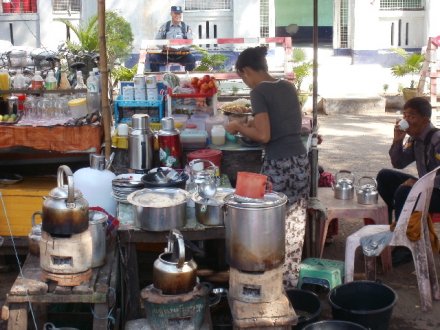

I was almost entirely in the states of Burma and Shan. Burmese food is a blend of food sort of like Thai and Indian. Curries are popular, as well as real Indian food. Of course, rice, noodles and stir fry are popular. Besides the curry, I couldn’t tell you about the spices. It isn’t very spicy, though, compared to Thai or even Indian food. In Shan, the staple is Shan noodles, which is noodle soup made of noodles shaved off a block of rice paste/starch. Typically, any kind of greens are added. The taste is a little more pungent that most Asian food I’ve had. Night markets with many barbeques and boiling pots of this and that are social venues all over Asia. The night market in Meitkila was nice. It’s all good. I always say I’m on a “see food diet”. If I see it, I’ll eat it. Actually, that’s a plan most travellers use. Menus are rare, so you just look at what people are eating and point at what looks good to you.
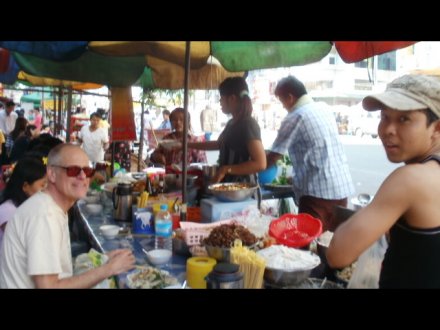
Of course, you can eat western food, too. At this Italian place at Inle Lake, you can bemuse yourself looking under the wood-fired pizza sign from your outside table at ancient stuoas down the block. I’ve eaten enough foreign food over the last few years that I have NO problem with pizza when I feel like it. It was good at this place.
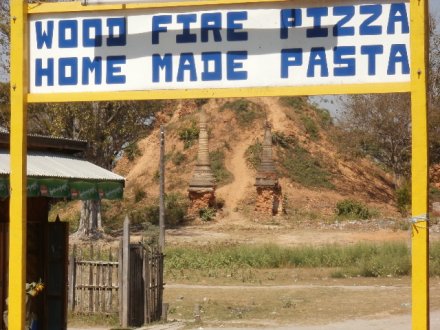
After Bagan, the second most popular tourist palce is Inle Lake. It’s very tranquil, like almost everywhere in Myanmar. The main town has a few thousand people, and that’s it except for scattered villages. I was ready to go home, to tell you the truth, so I decided to chill out there for a few days until my flight out of Yangon left.
Here is the view from my guesthouse in the town, Nyaungswue.
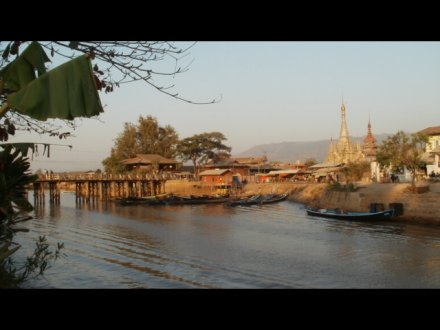
![P2220892[1]_1.jpg P2220892[1]_1.jpg](/wp-content/uploads/Feb_2011/.thumbs/.P2220892[1]_1.jpg)
“The thing to do” there is to take a boat tour of the lake. You can get a cheap ride all day for $12 from the fisherman who can make more taking tourists around than they can selling fish. They park their boats in a side canal for shelter during the night.
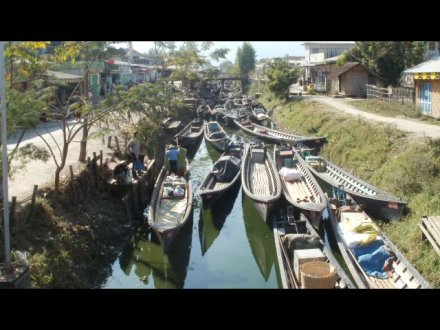
You go from town down the main canal to the lake itself. Here are photos along the way and in the Lake.
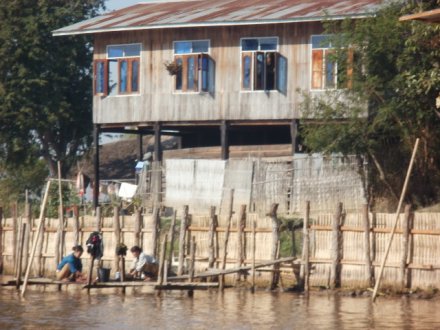
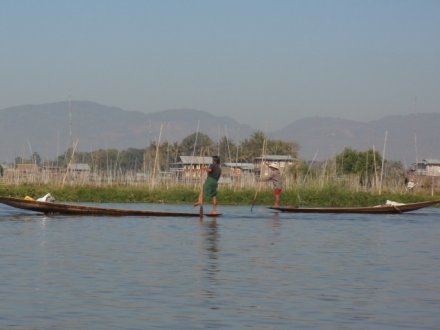
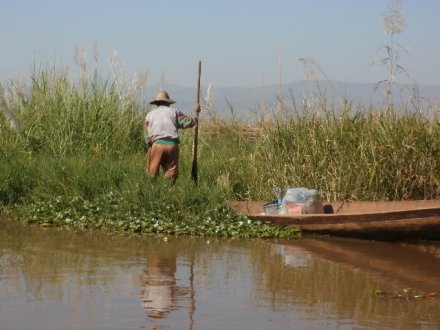
After going along the canal, you emerge into the lake. There, the fishermen are doing their thing. The poorer fishermen and other boaters propel their longboats with an oar managed by their foot, using their upper thigh and hip as a fulcrum.
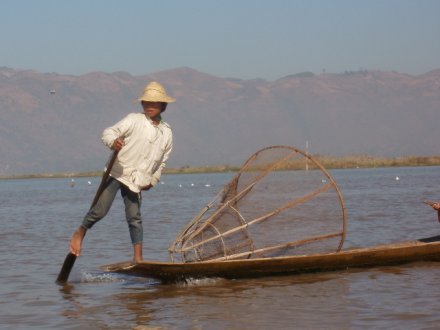
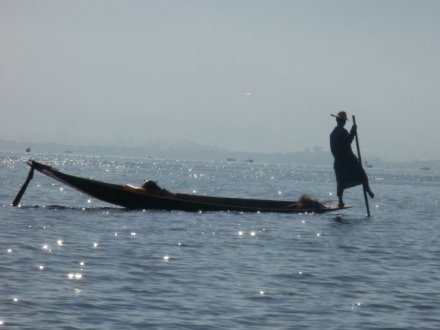
There is motorized commerce, also.
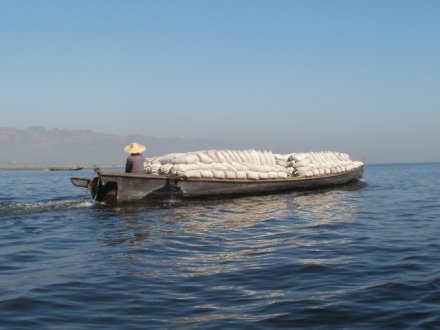
The first place all the tour boats stop at is called the floating market. I forget the name of the village. Myanmar is experiencing a drought, so there isn’t much floating at the floating market. This is what there is of it. This season, it’s little more than where the boats put in on the bank.
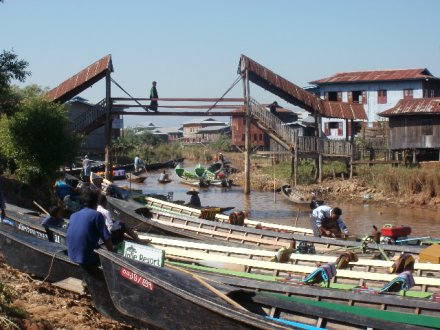
The village there is in a maze of canals, as the villages there are nestled in groups of islands in the lake. They are connected by bridges, the bigger ones like the one below. Others are narrow footbridges.
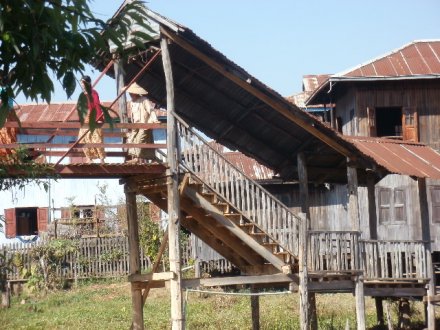
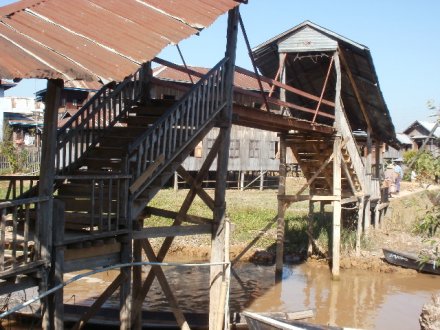

On shore, there is an unremarkable temple and a market. Part of itis the usual market, and part sells tourist stuff. Here are some pictures of around there.
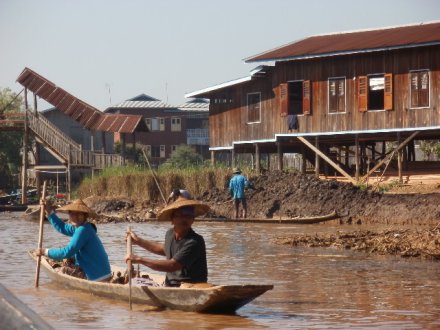

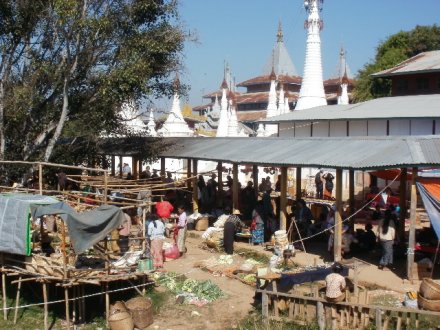
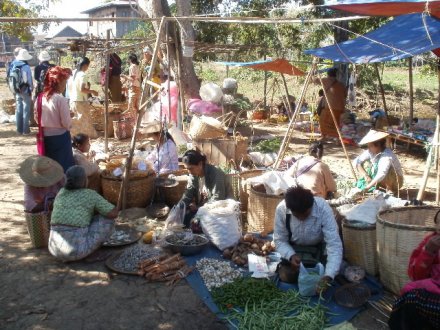

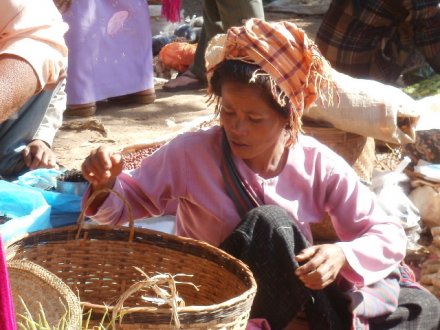
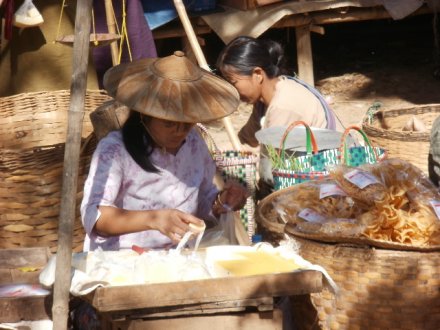
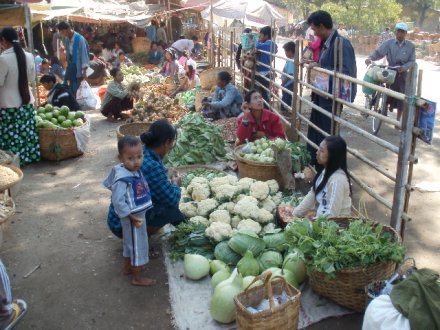
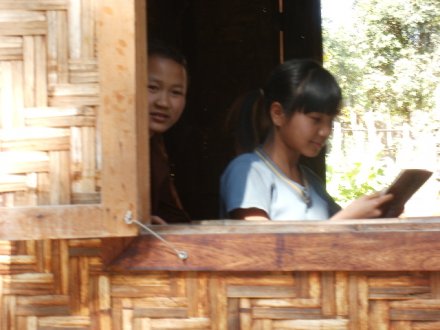
You can go anywhere yu want, as you have rented the boat and the boatmen for the day, but there is a well traveled route you might as well take since you don’t know anything yourself. Another stop is a “factory” where they build the long boats generally used. This guy is putting the finishing touches on a keel.
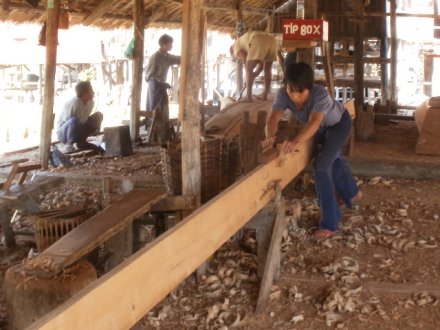
Here, the girls are making cheroots, a kind of very green cigar popular in Myanmar and other parts of Southeast Asia. They come in different flavors. The outside is some kind of leaf I forget. The inside is tobacco and various flavoring, such as honey, fruit, salt, spices, etc.. I smoked one part way. It was surprisingly okay, not as harsh as they look like they would be, and definitwly sweet.
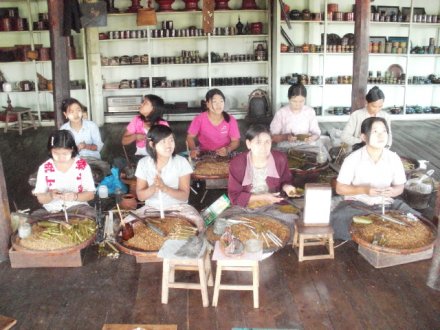

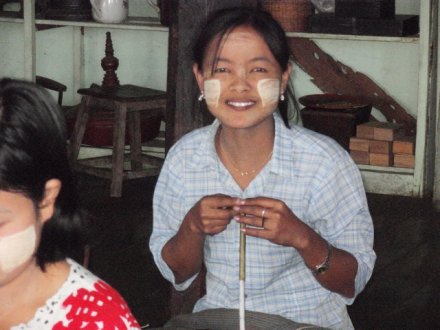
Another stop is the “jumping cat” monastery. I’m not sure if teaching kitties to jump through hoops like circus lions is a path to enlightenment, or a way to get donations from visitors. Both, I guess.
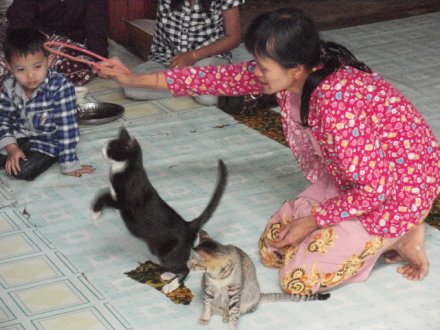
Last on this tour was to see some long-necked Karen imported, of course, for the tourists. Brass rings are added as the girls grow up until it looks like their necks are stretched so far. Actually, the shoulder bones are shoved down. They never take them off and, if they did, they wouldn’t be able to hold their heads up. There are at least a couple of stories why they do this. One is in some ancient time an invader defeated their tribe. The men wanted to make the women unattractive. Another story goes, the invader was cutting off heads and these rings were maybe magical maybe real protection against that. I could swear I saw that same woman in the first picture years ago in Mae Hong Son, Thailand, which is actually closer to their homeland.
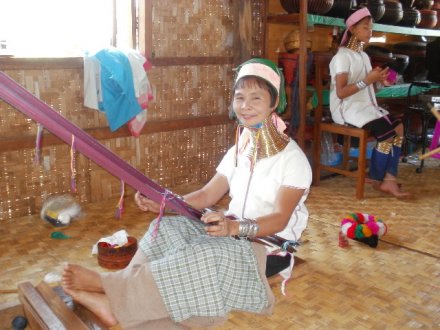
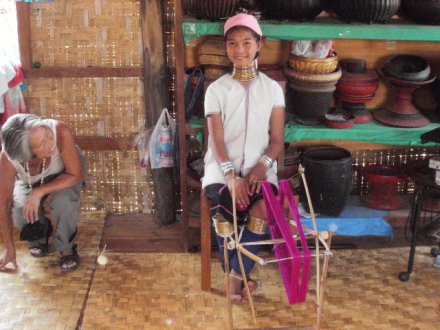
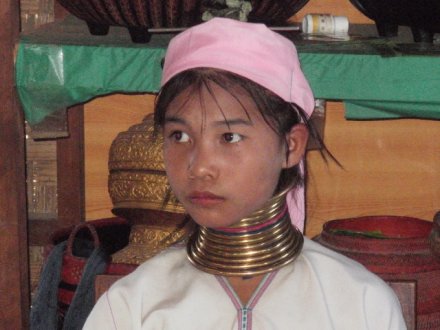
This, boys and girls, finally gets to the end of this tome. After Inle Lake, I returned to Yangon for my flight back to Chongqing. After my month in Myanmar, I felt ready to be home. It’s nice to be with Myung again. I hurt my leg and foot falling in Bagan, got cellulitis, but now it’s healing well after getting treatment and antibiotics here. Internet is awful in Myanmar, so I’m catching up on my emails and news. Myung’s shop is going pretty well now that the weather is better. Otherwise, things are normal here, just about how I left it. I think I will like being free with a home to return to.
With that, I will bid you adieu. Be well, all of you.
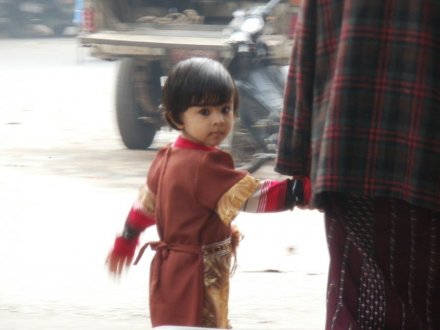


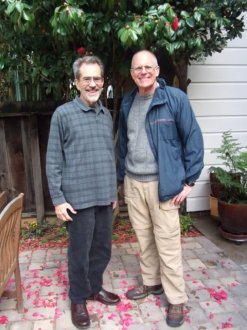

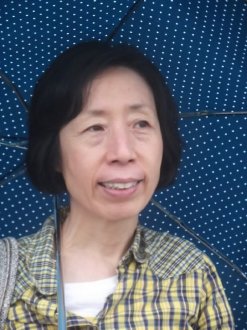
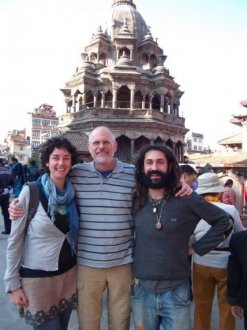
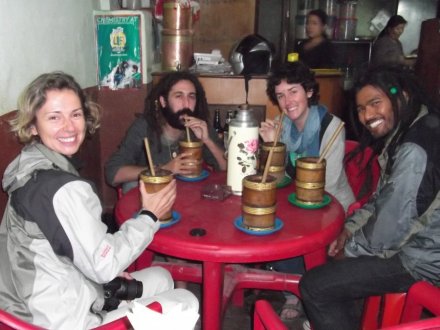
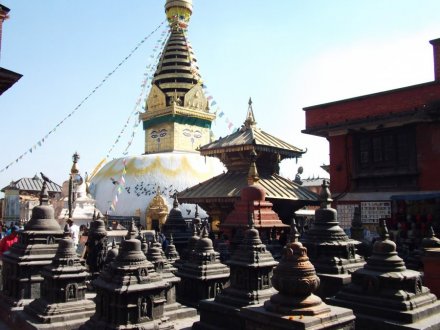
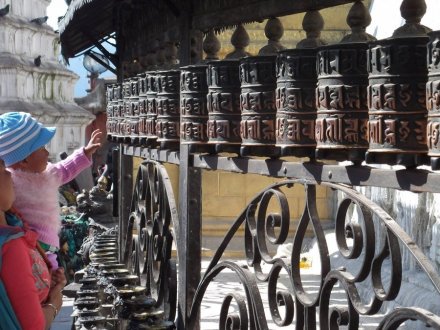
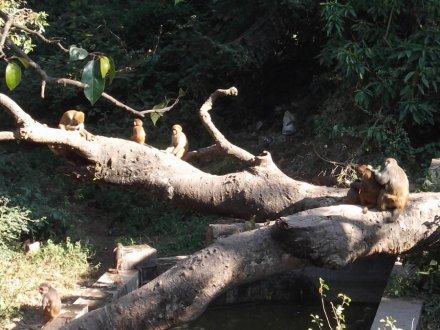
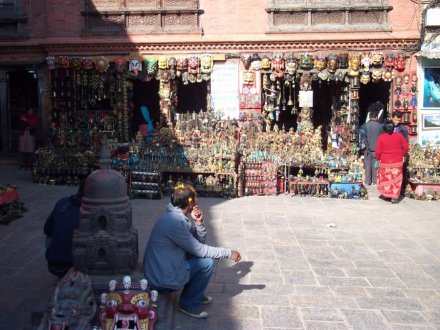
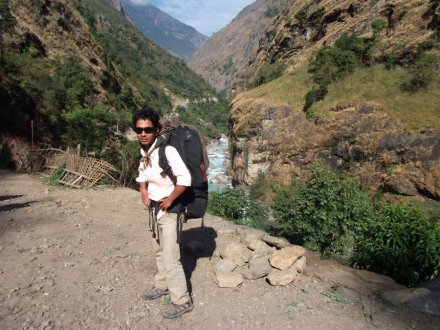
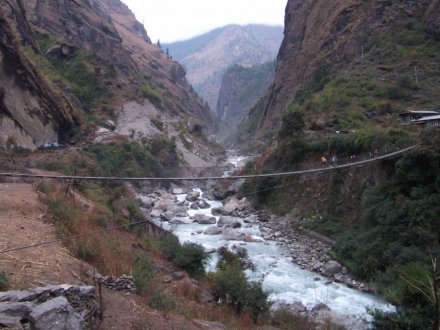
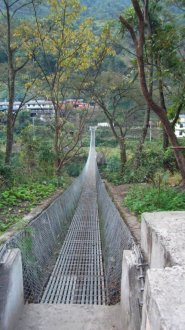
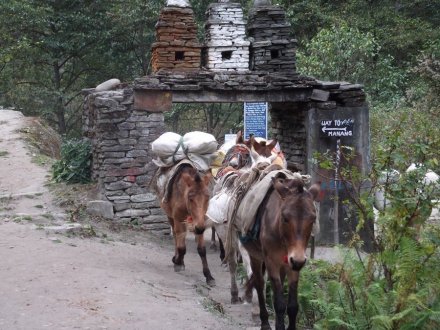
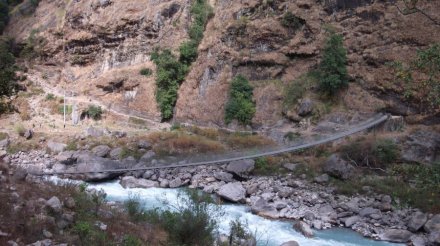
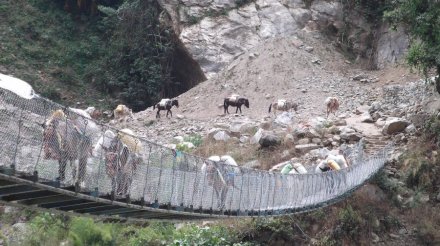
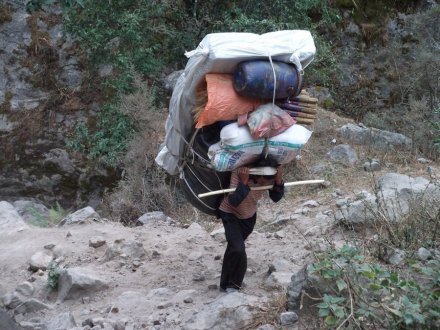
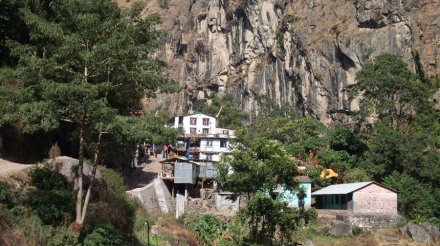
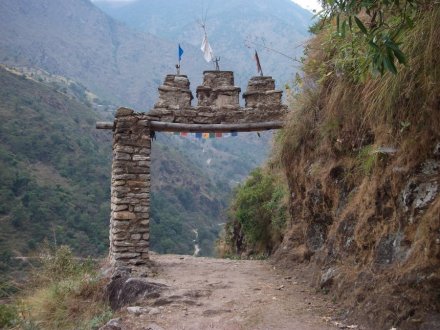
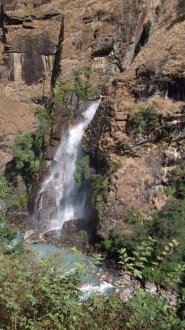
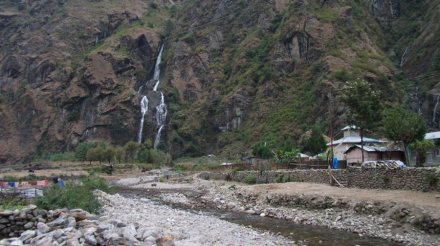
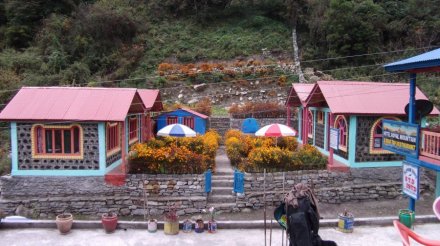
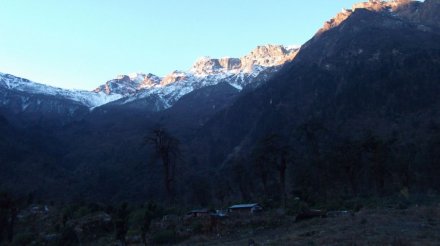
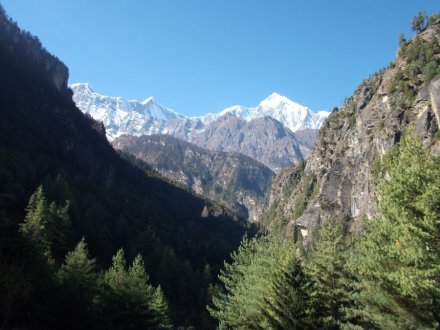
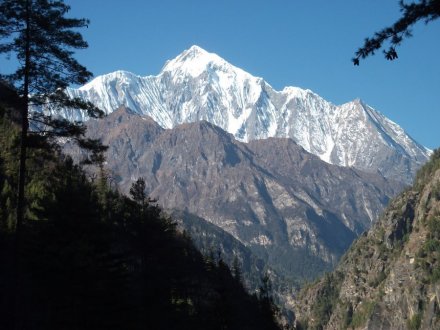
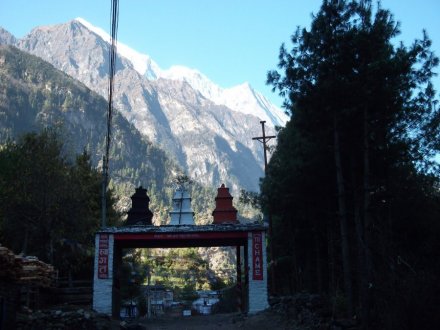
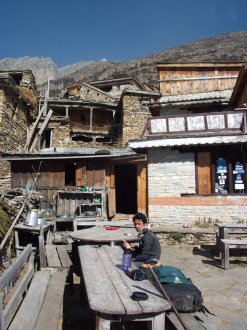
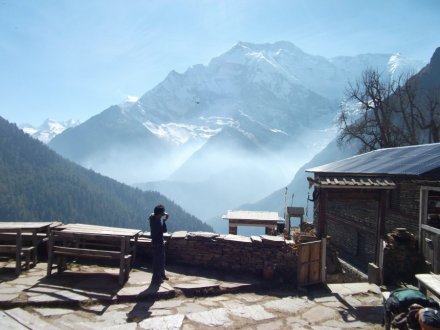
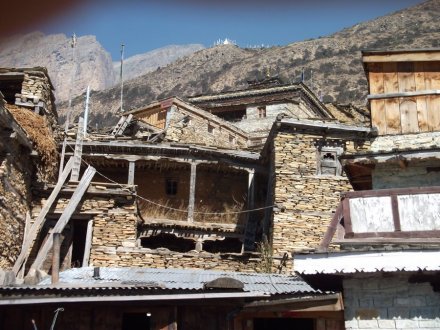
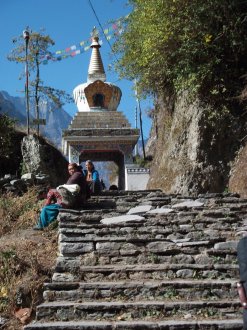
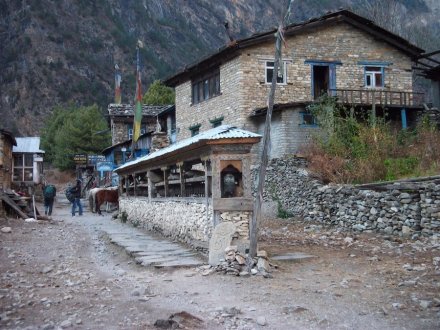

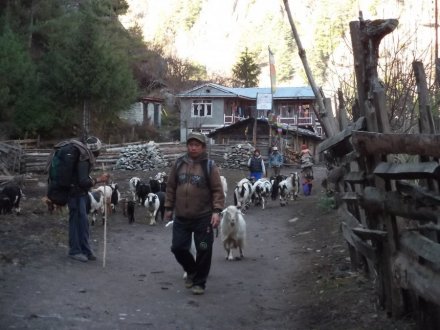
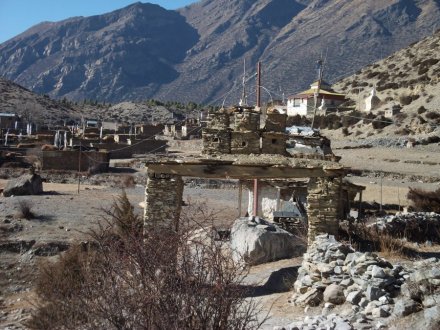
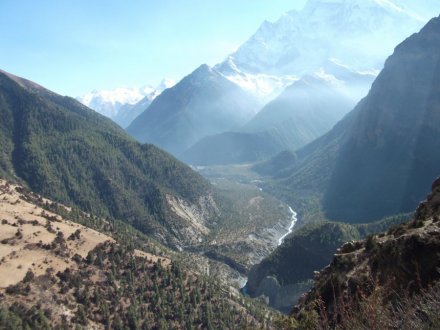
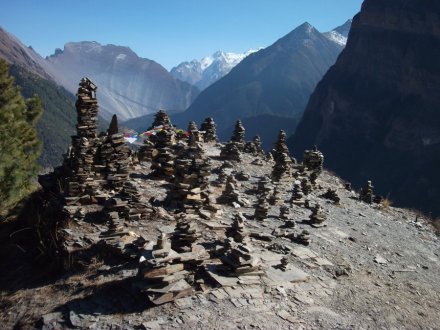
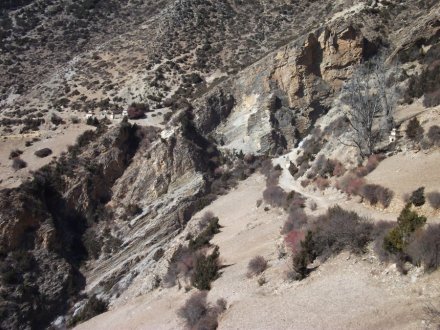
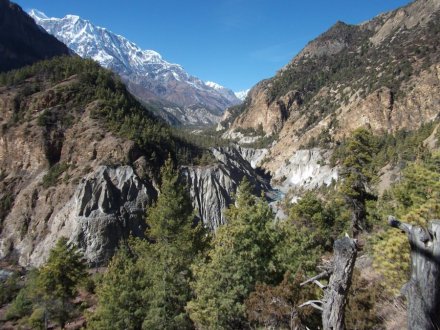
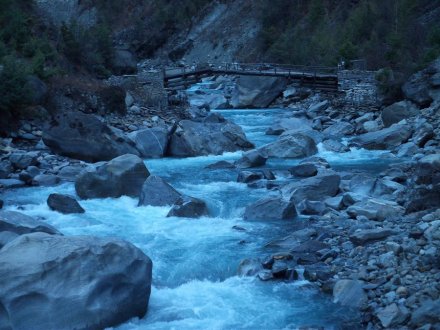
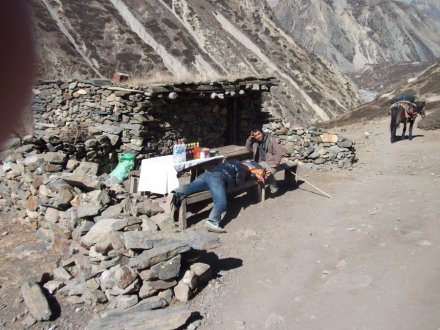
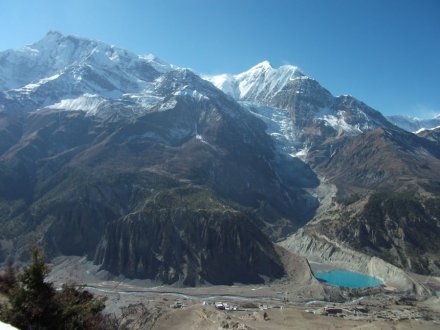
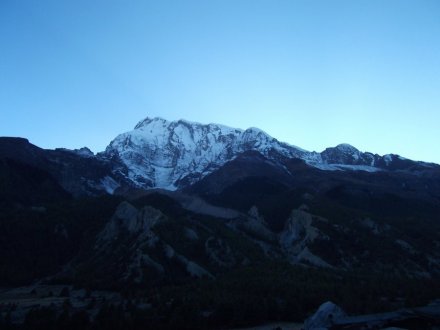
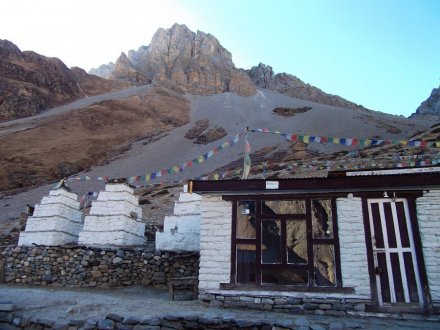
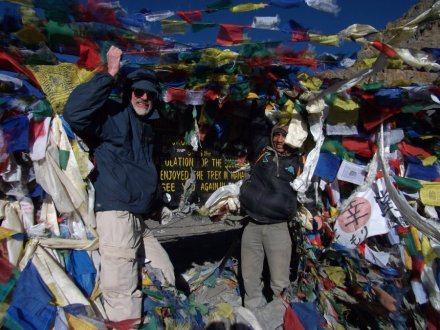
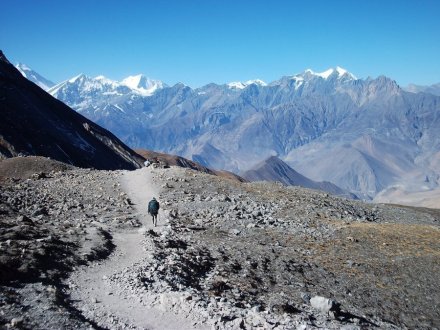
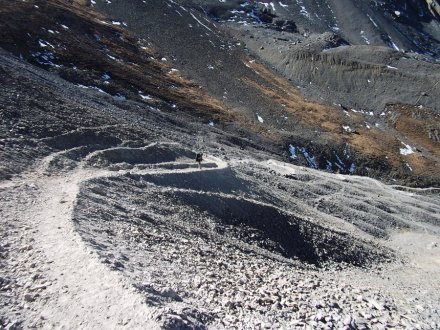
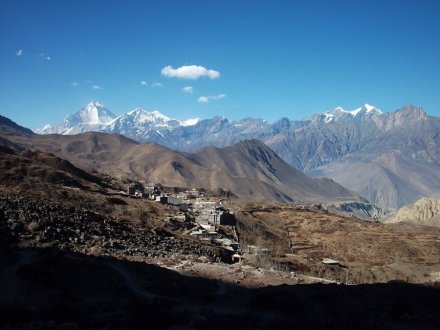
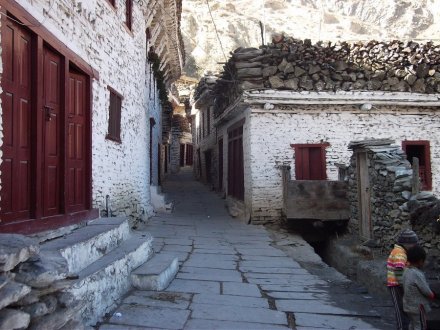
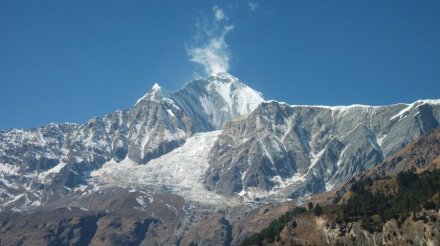
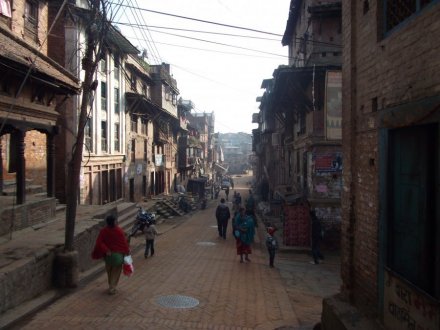
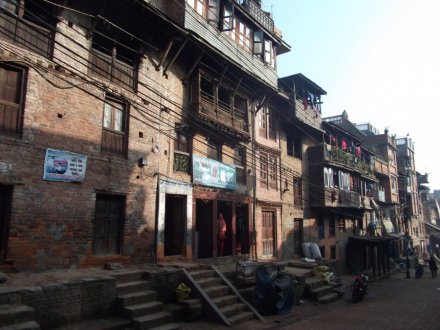
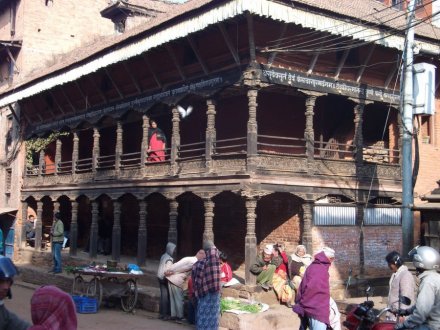
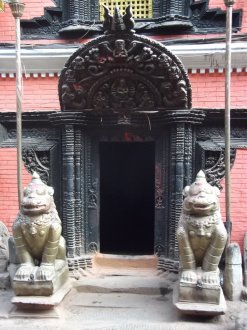
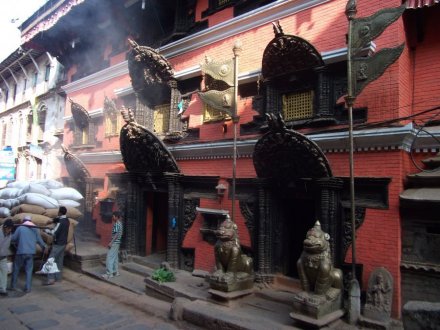
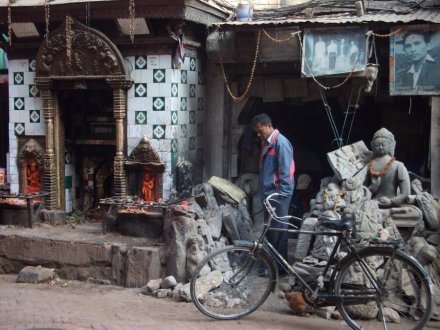
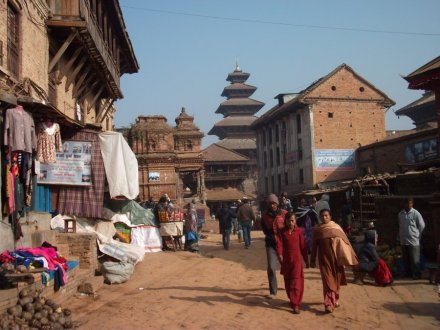
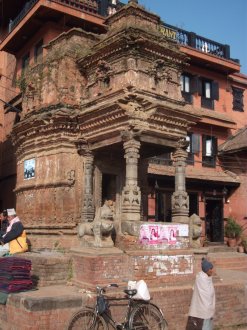
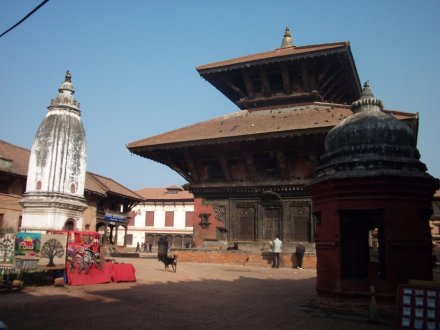
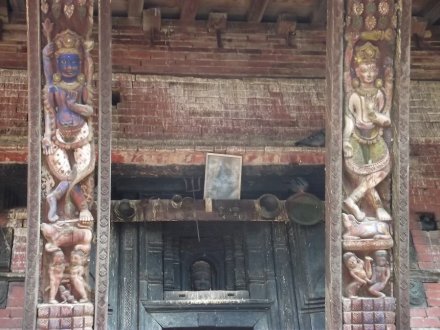
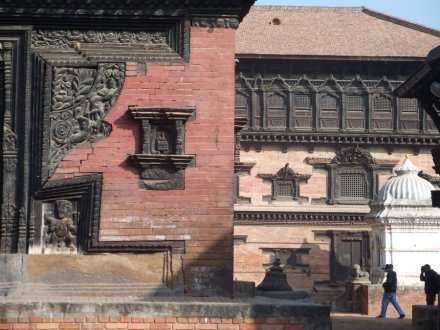
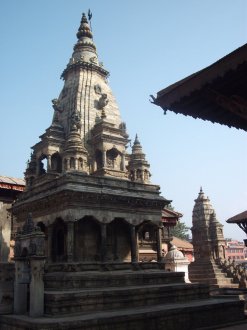
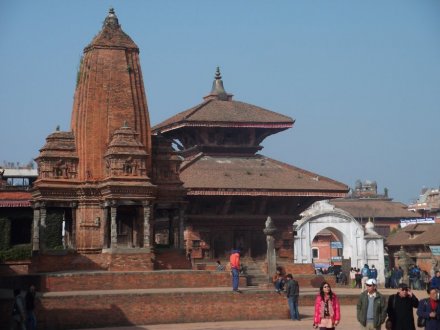
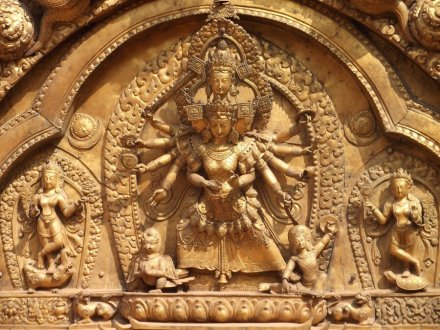
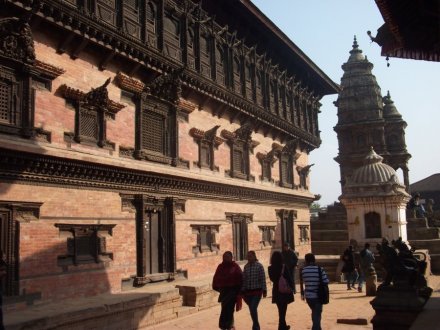
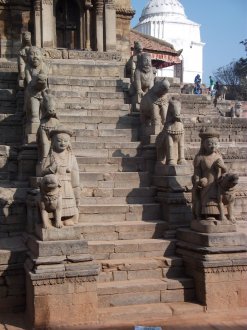
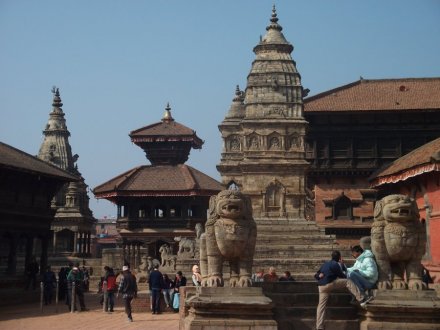

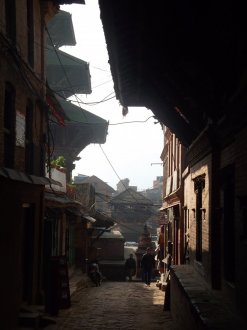
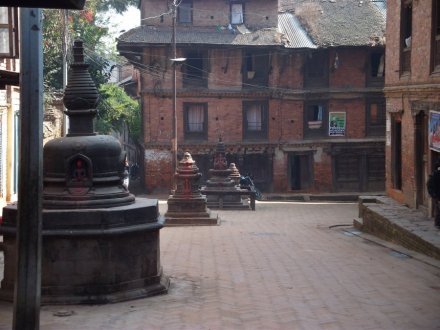
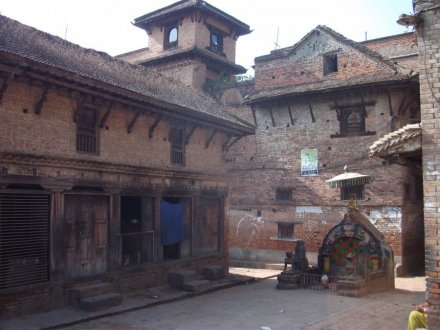
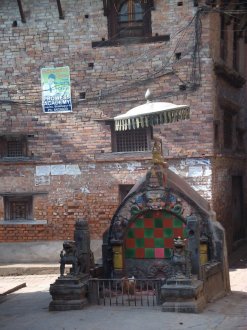
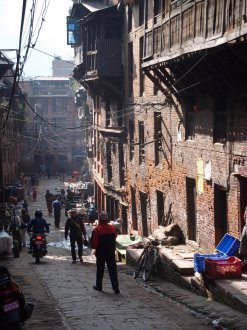
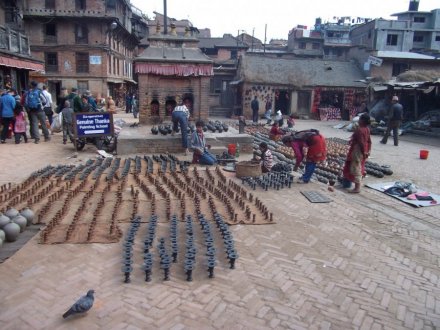
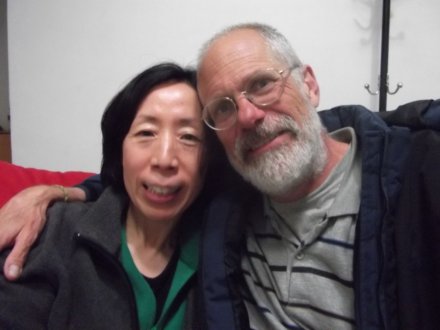
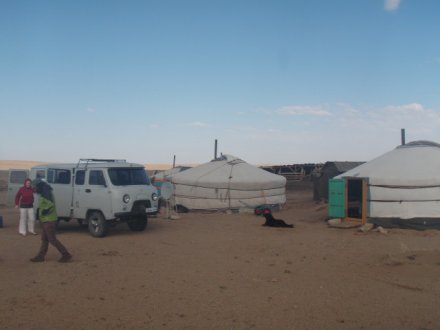
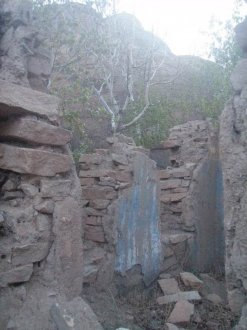
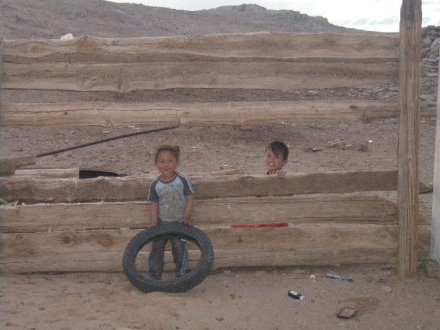
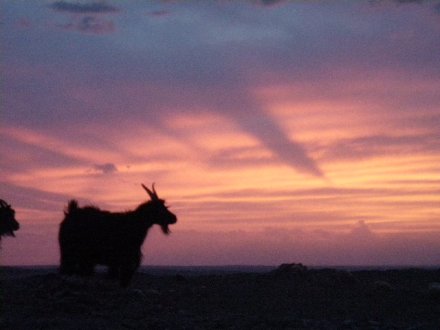
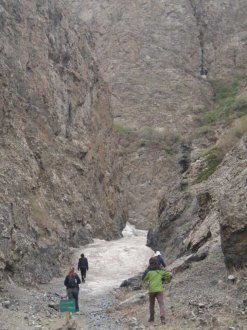
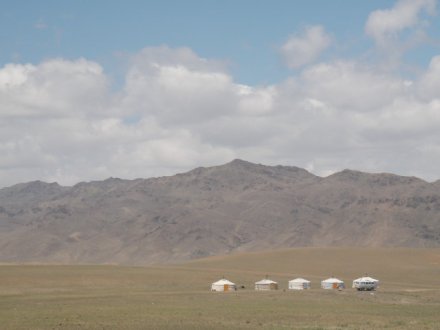
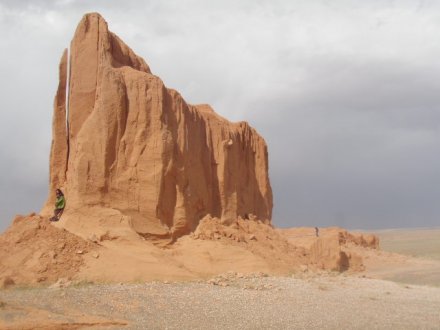
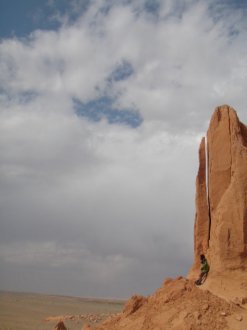
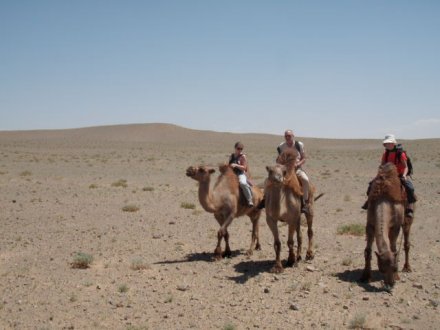
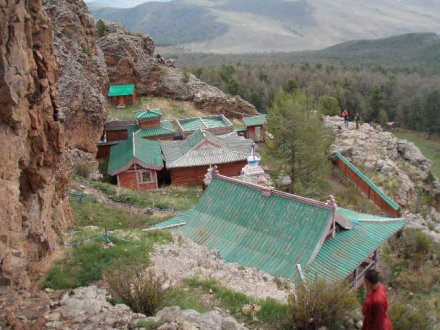
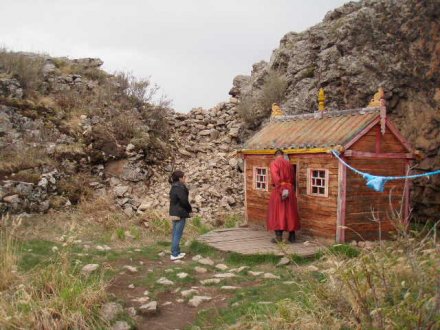
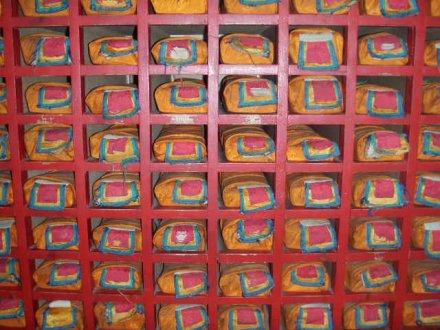

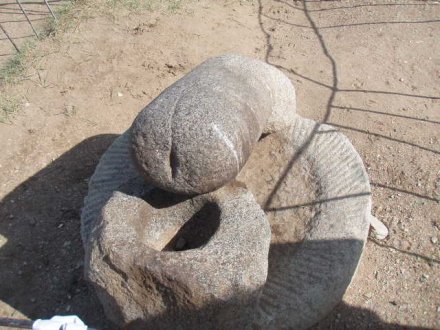
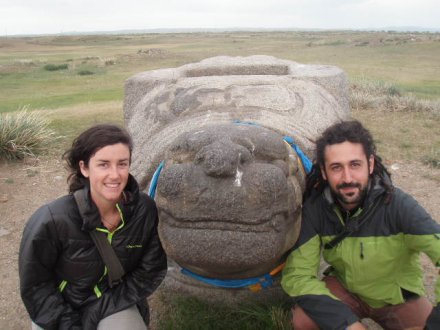
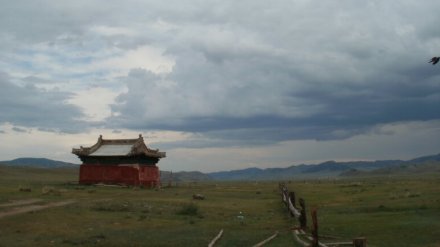
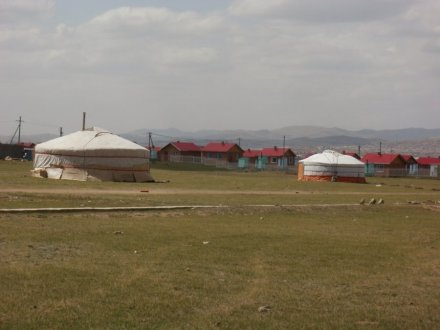
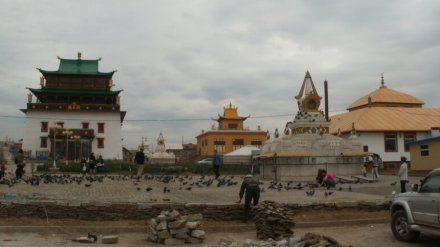
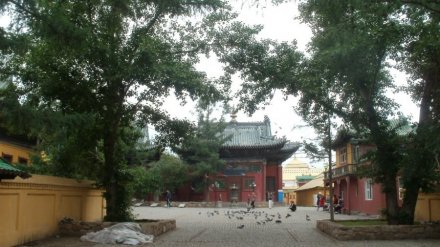
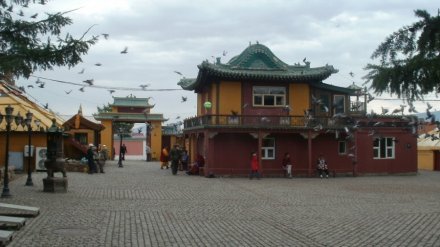
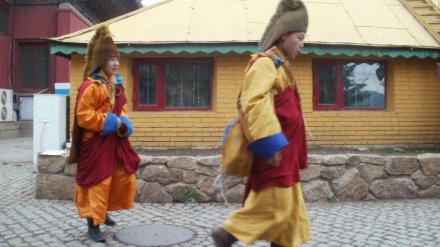
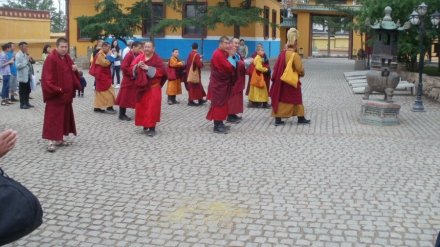
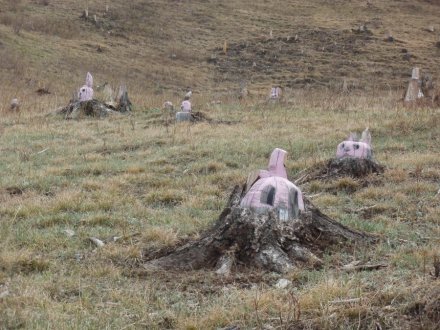
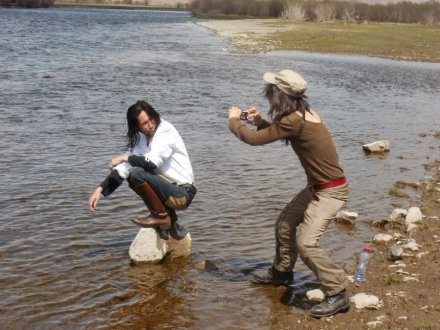
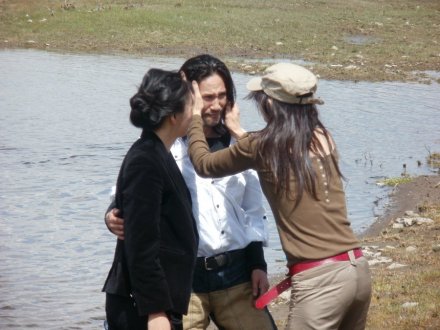
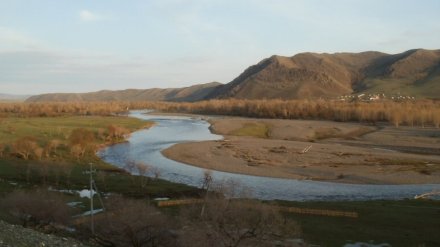

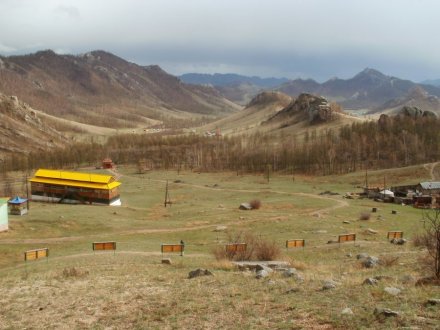
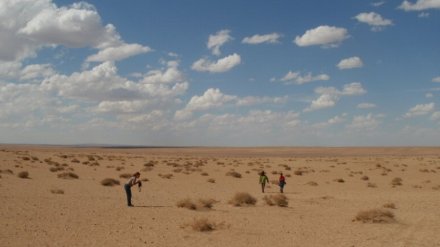
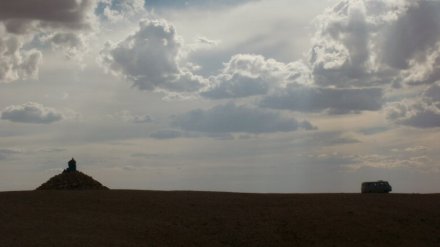


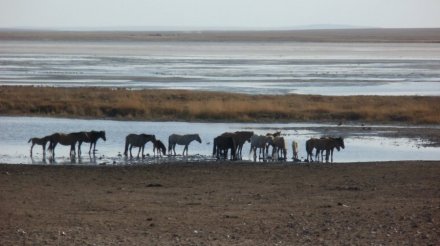
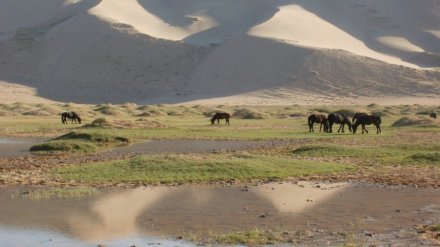
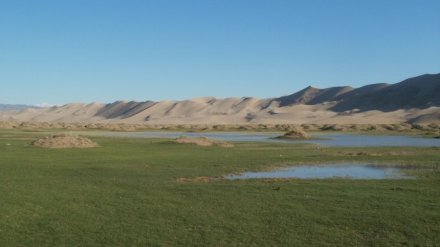
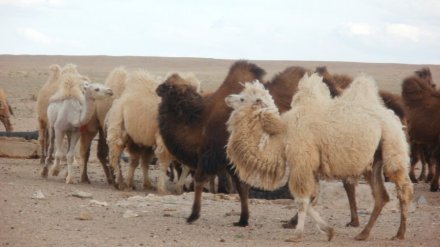
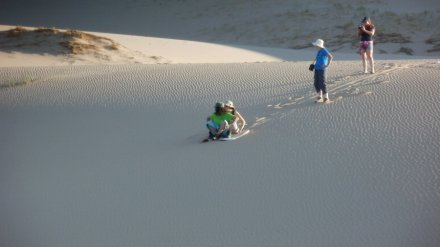
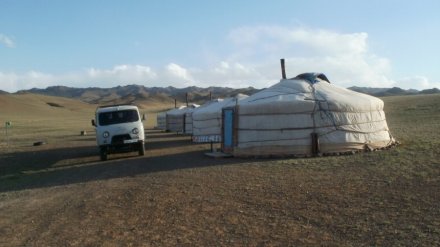
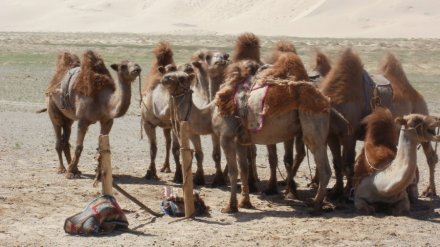
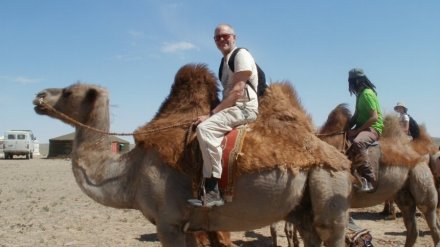
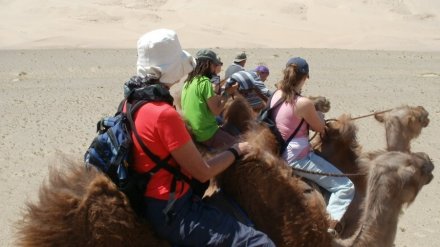
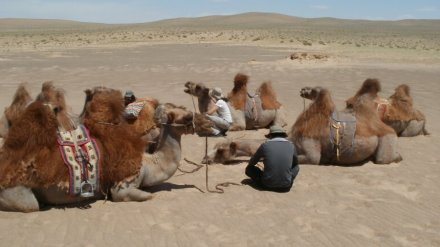
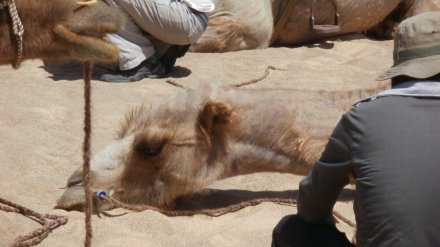
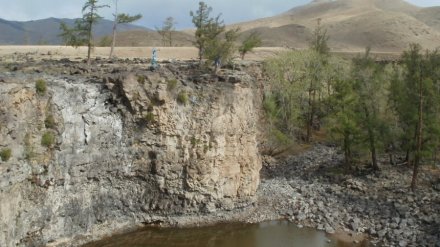

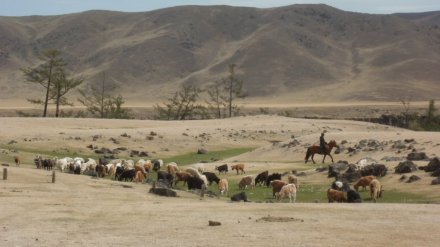

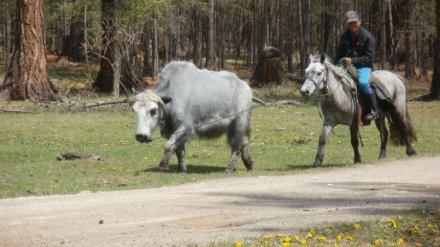
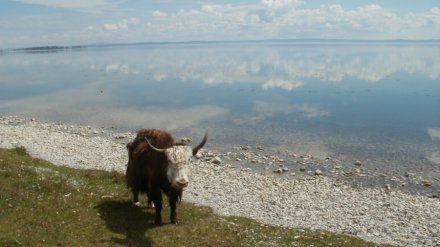
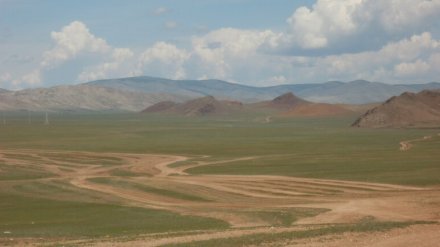
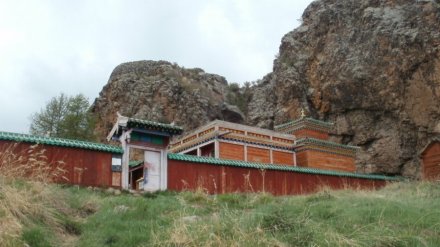
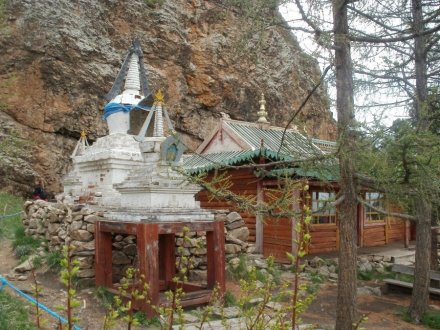
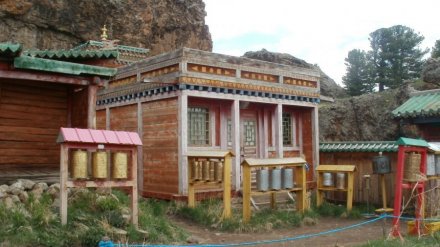
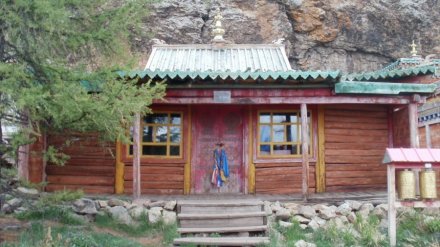
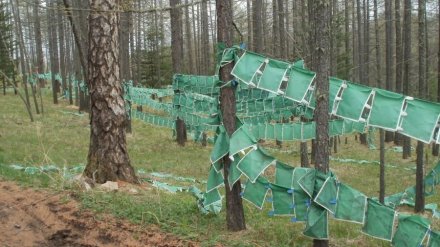
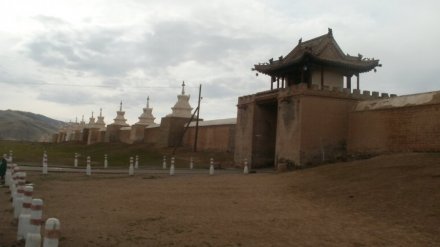

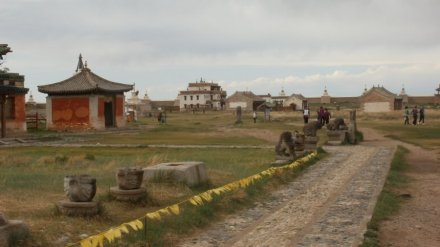
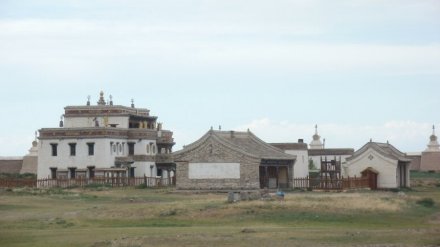
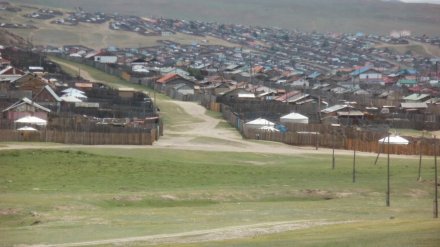
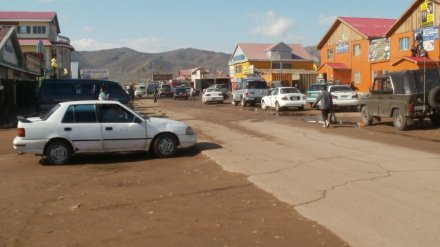

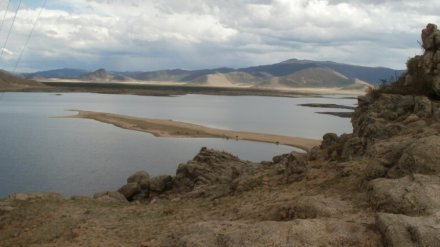
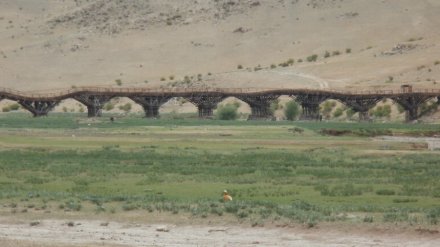
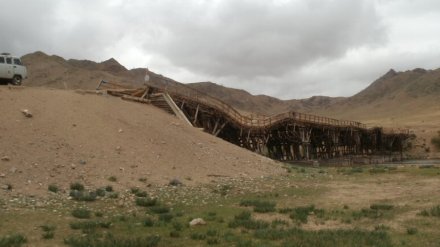
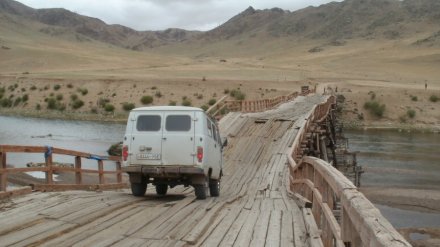
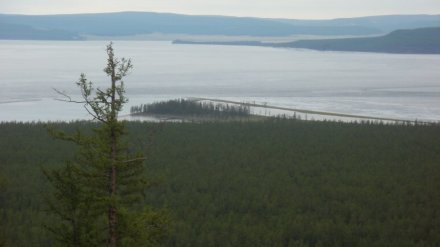
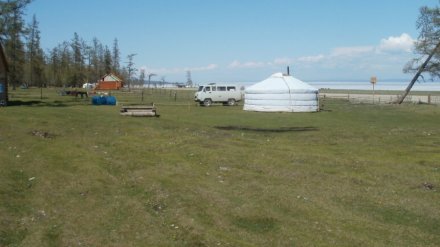
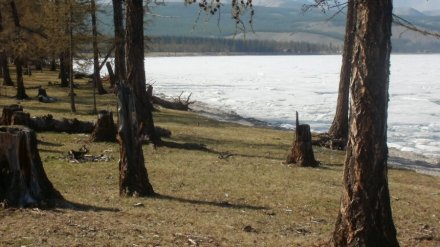
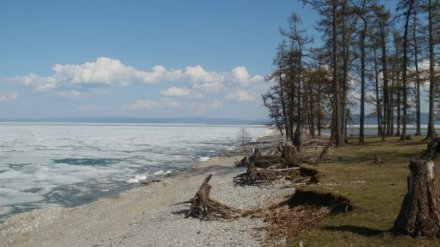
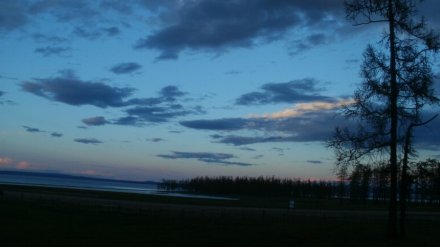
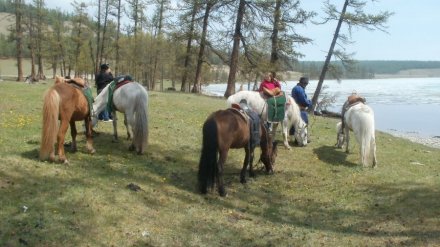
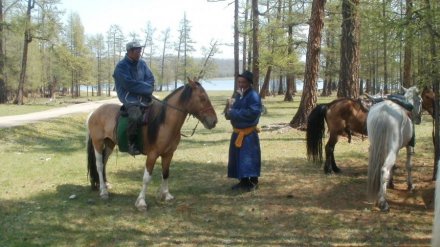
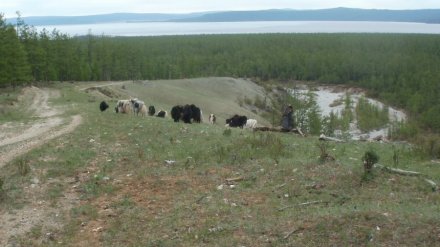
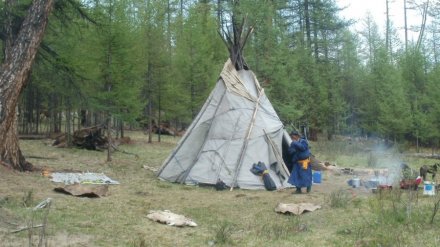
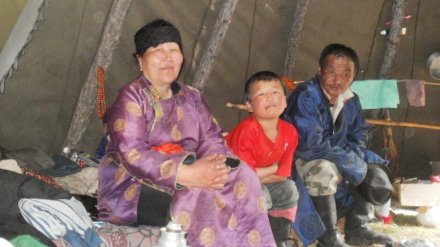
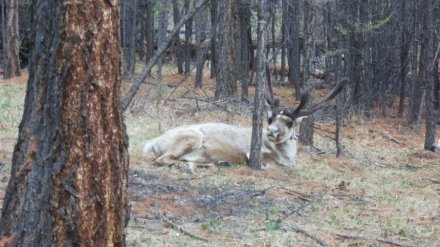
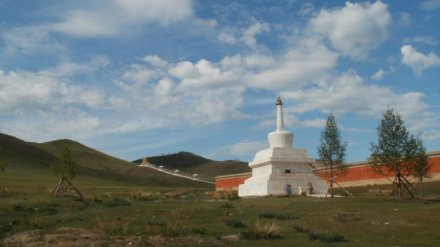
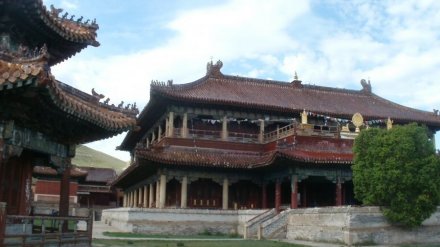
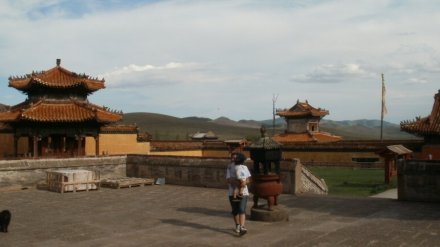
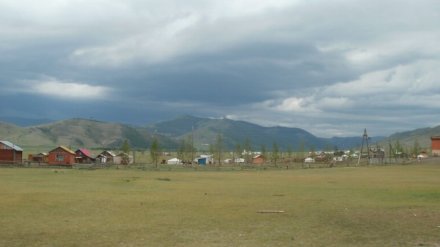
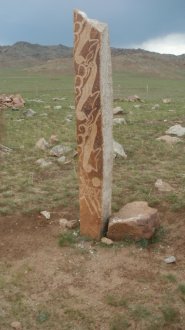
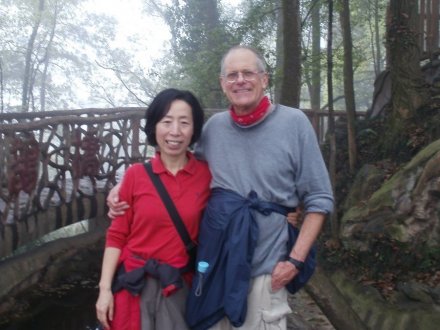










































































![P2220892[1]_1.jpg P2220892[1]_1.jpg](/wp-content/uploads/Feb_2011/.thumbs/.P2220892[1]_1.jpg)





























